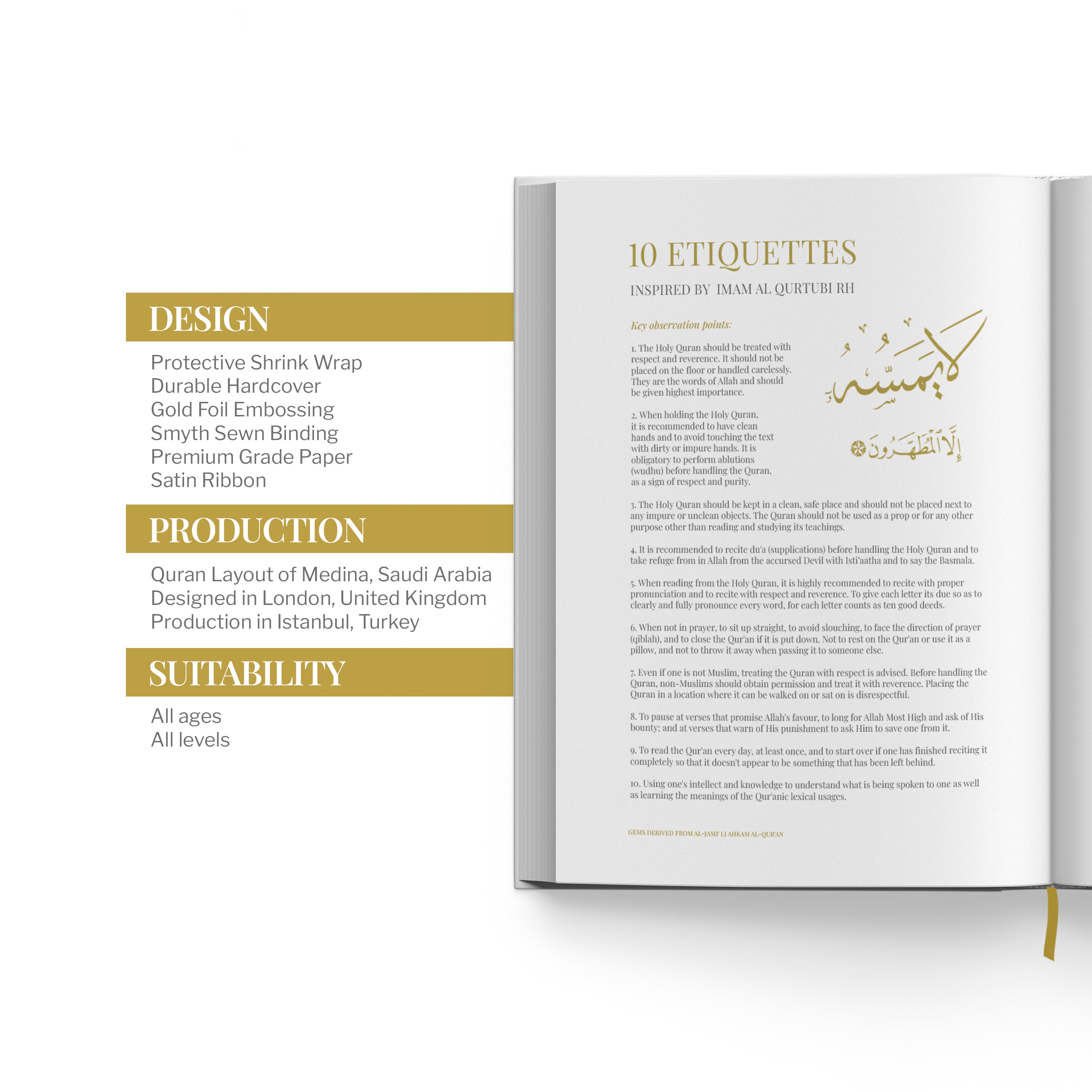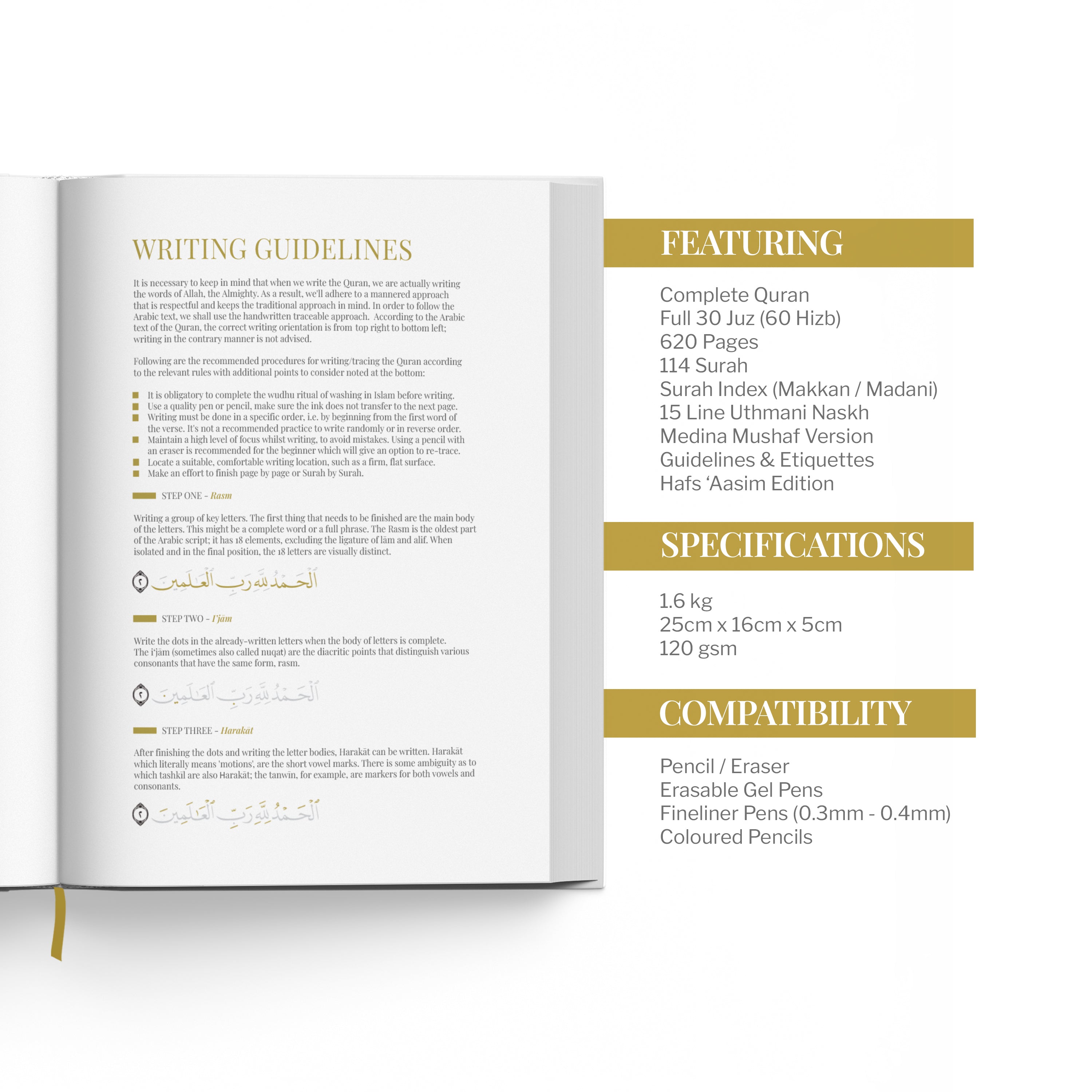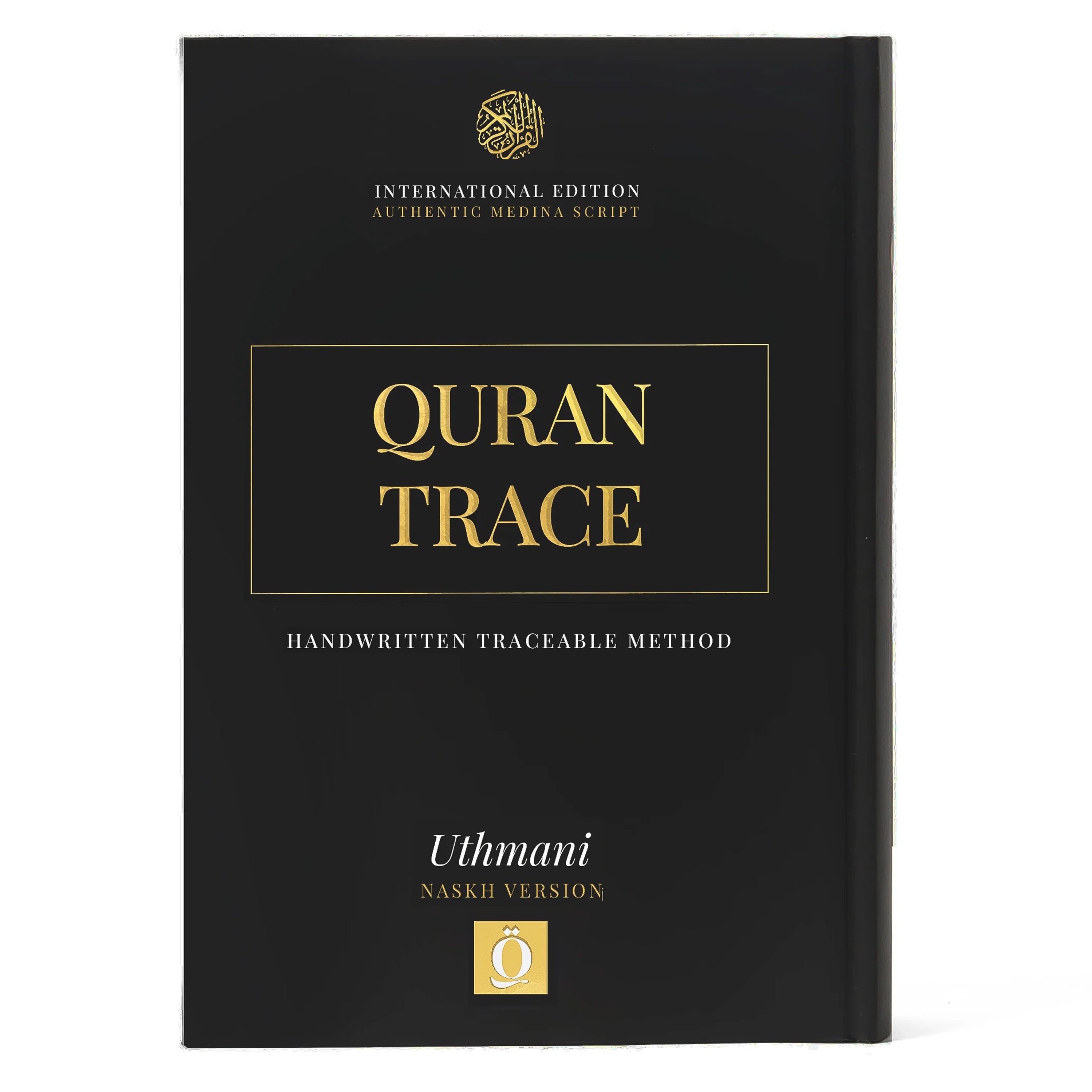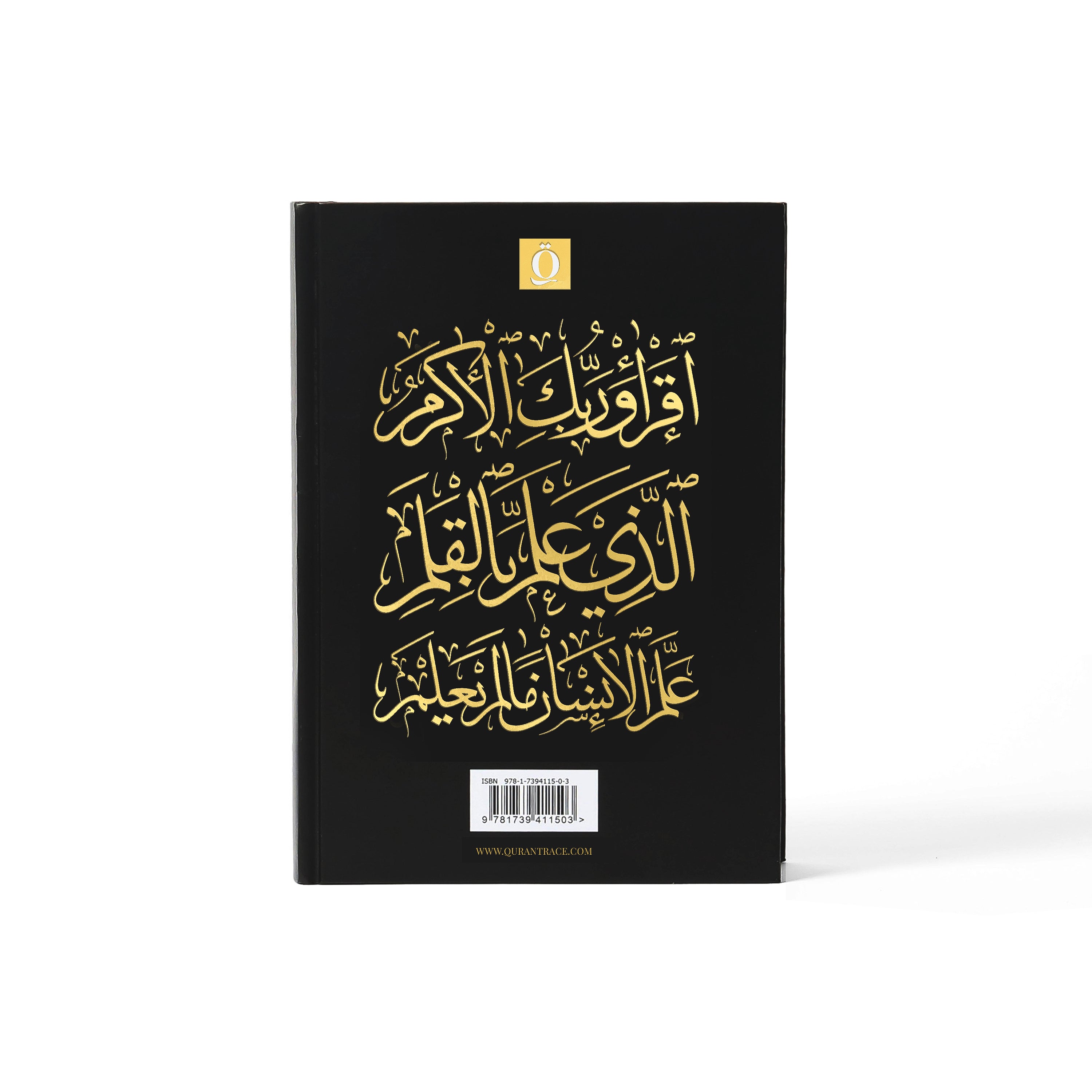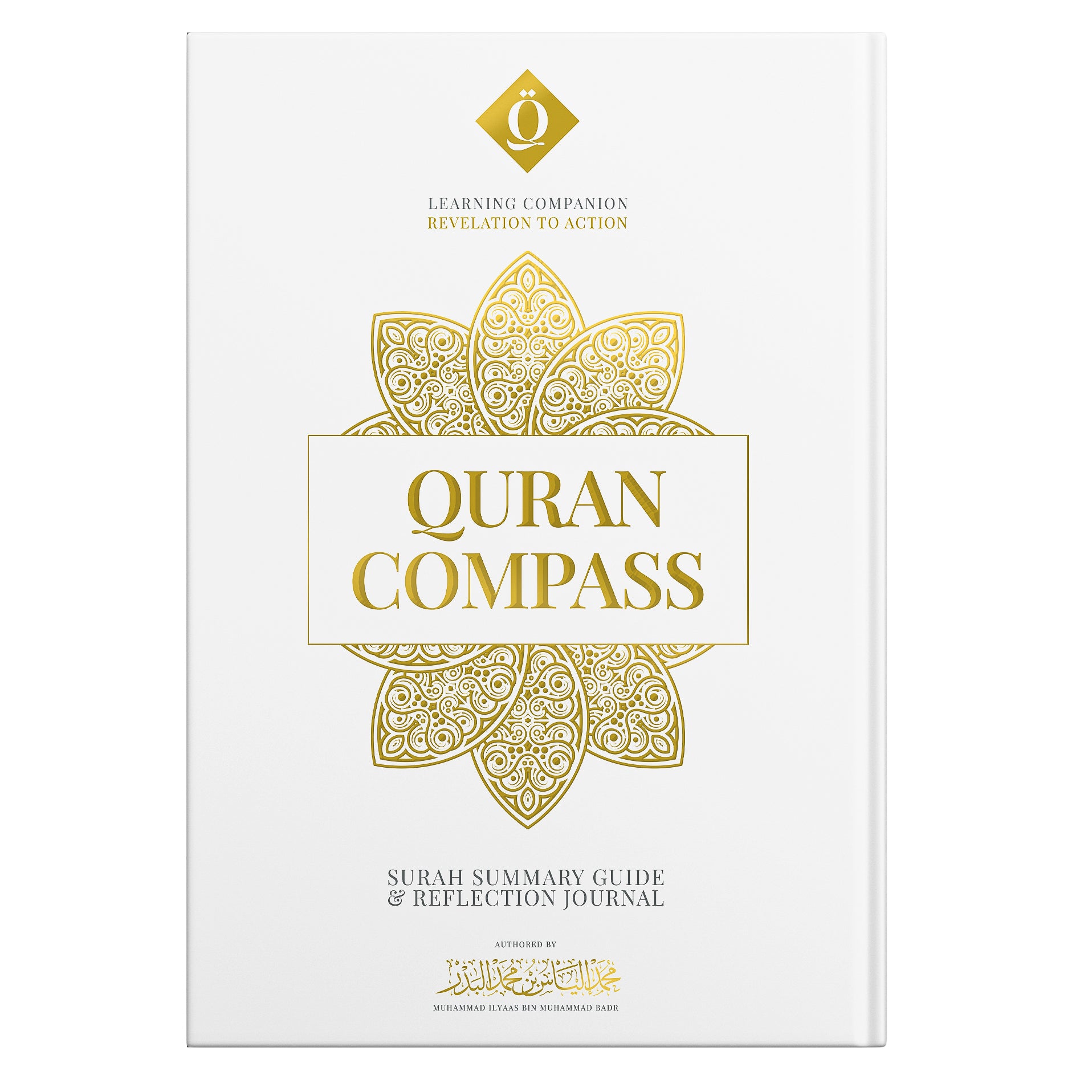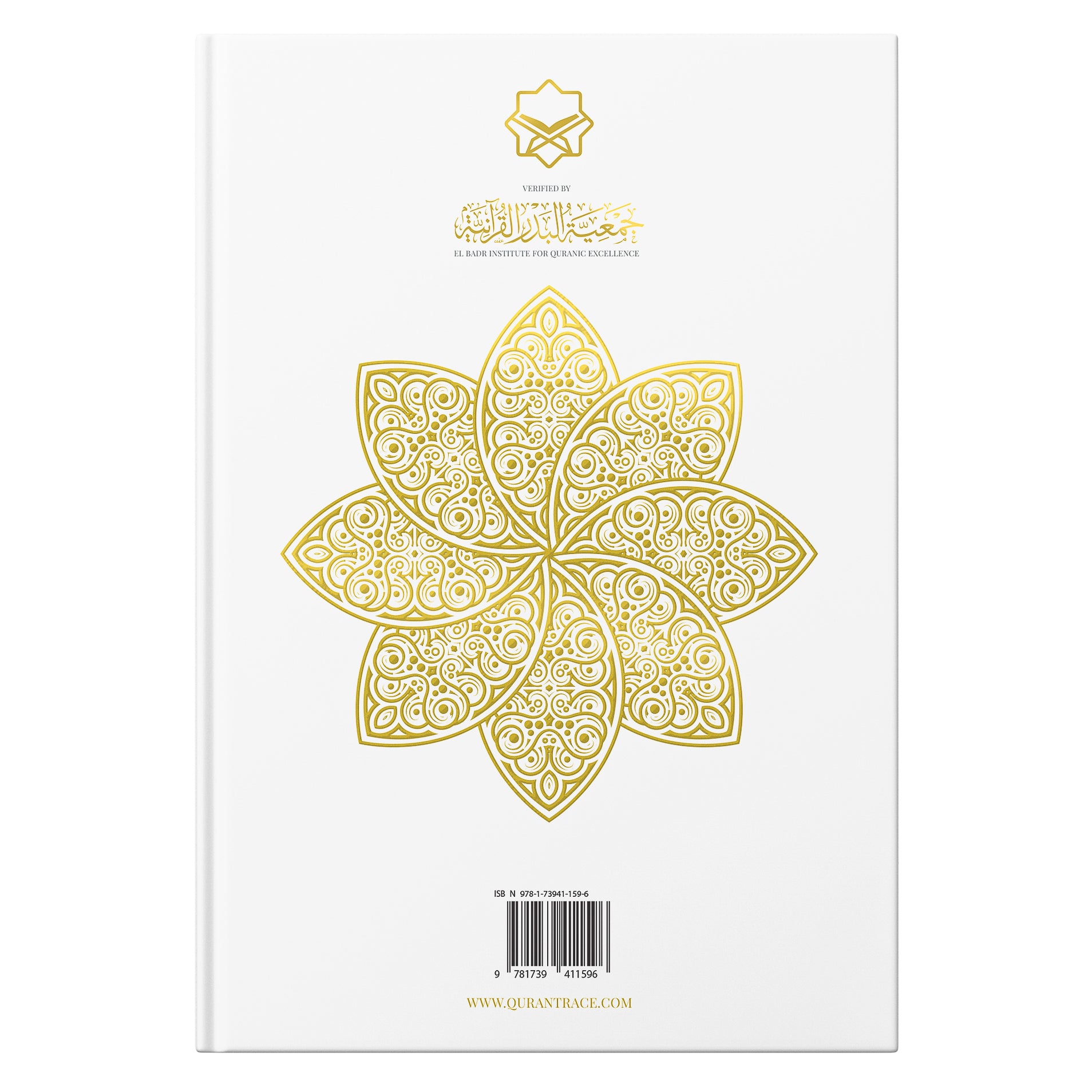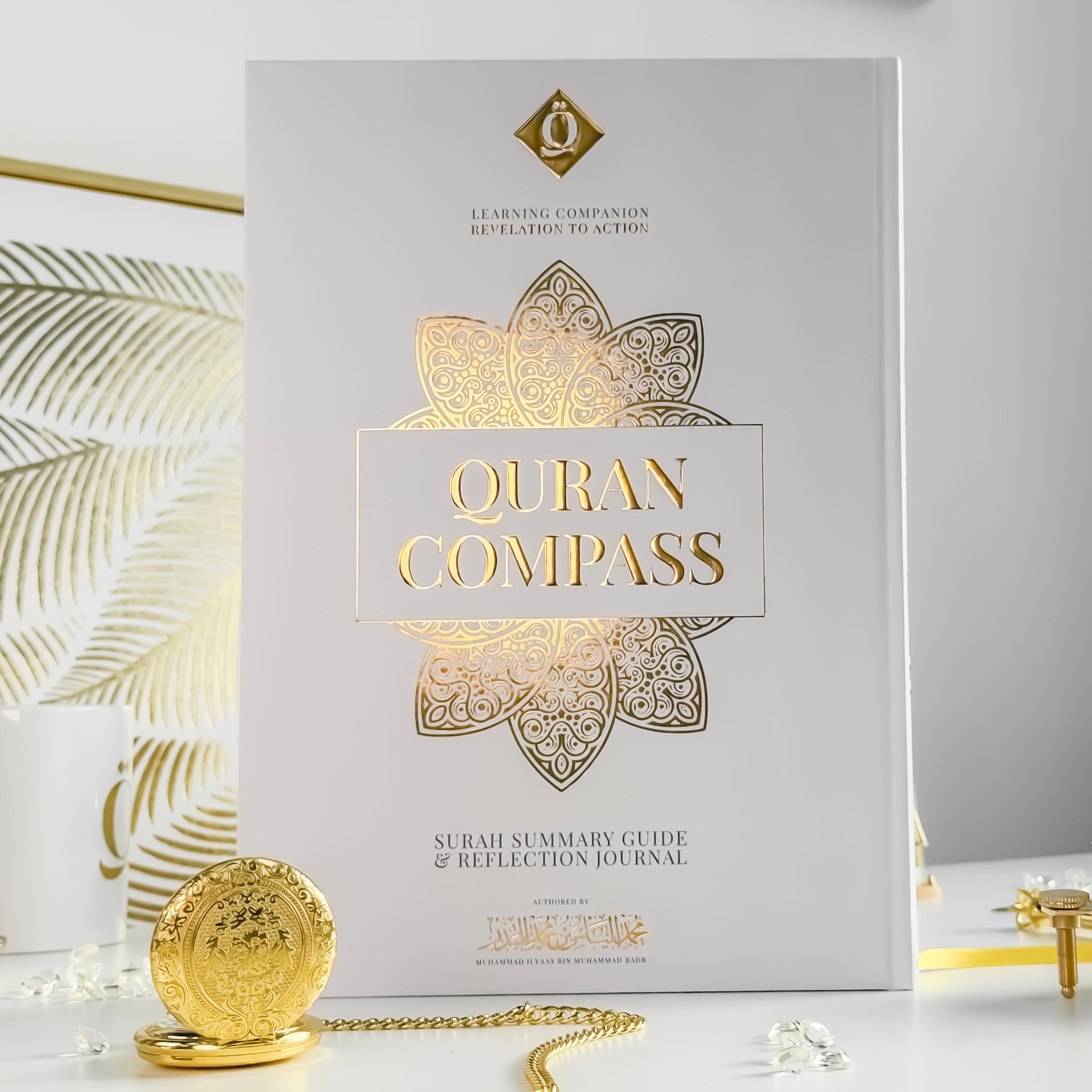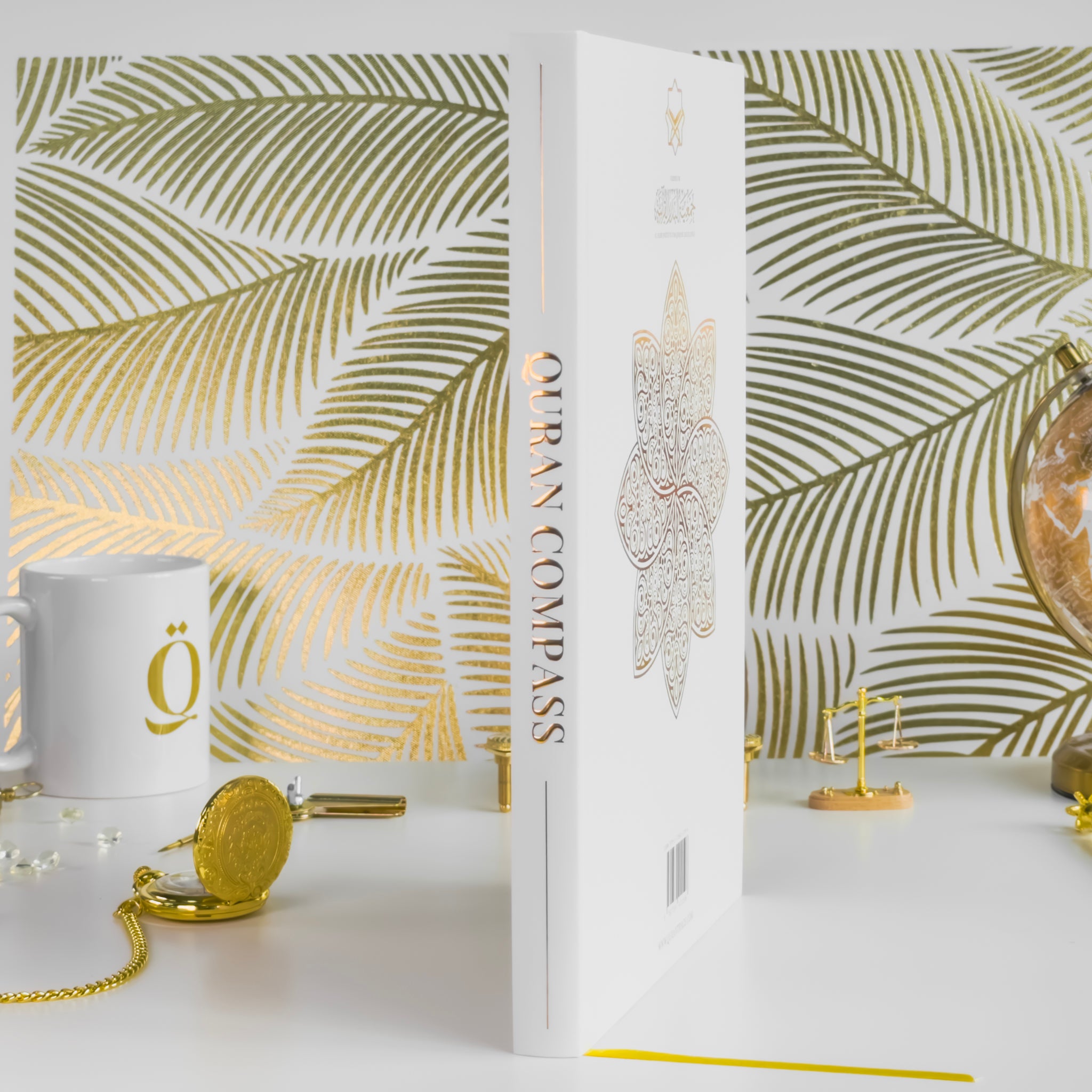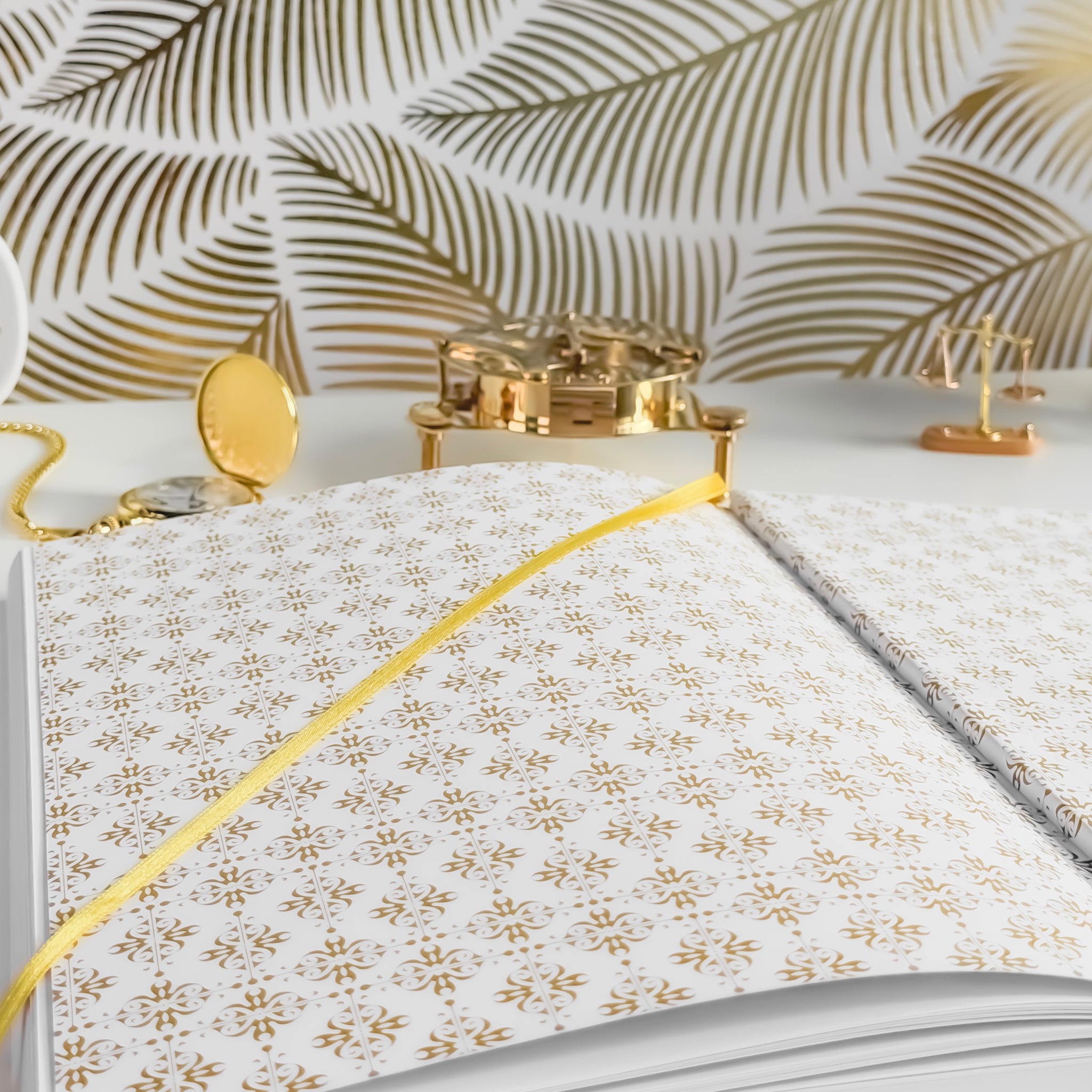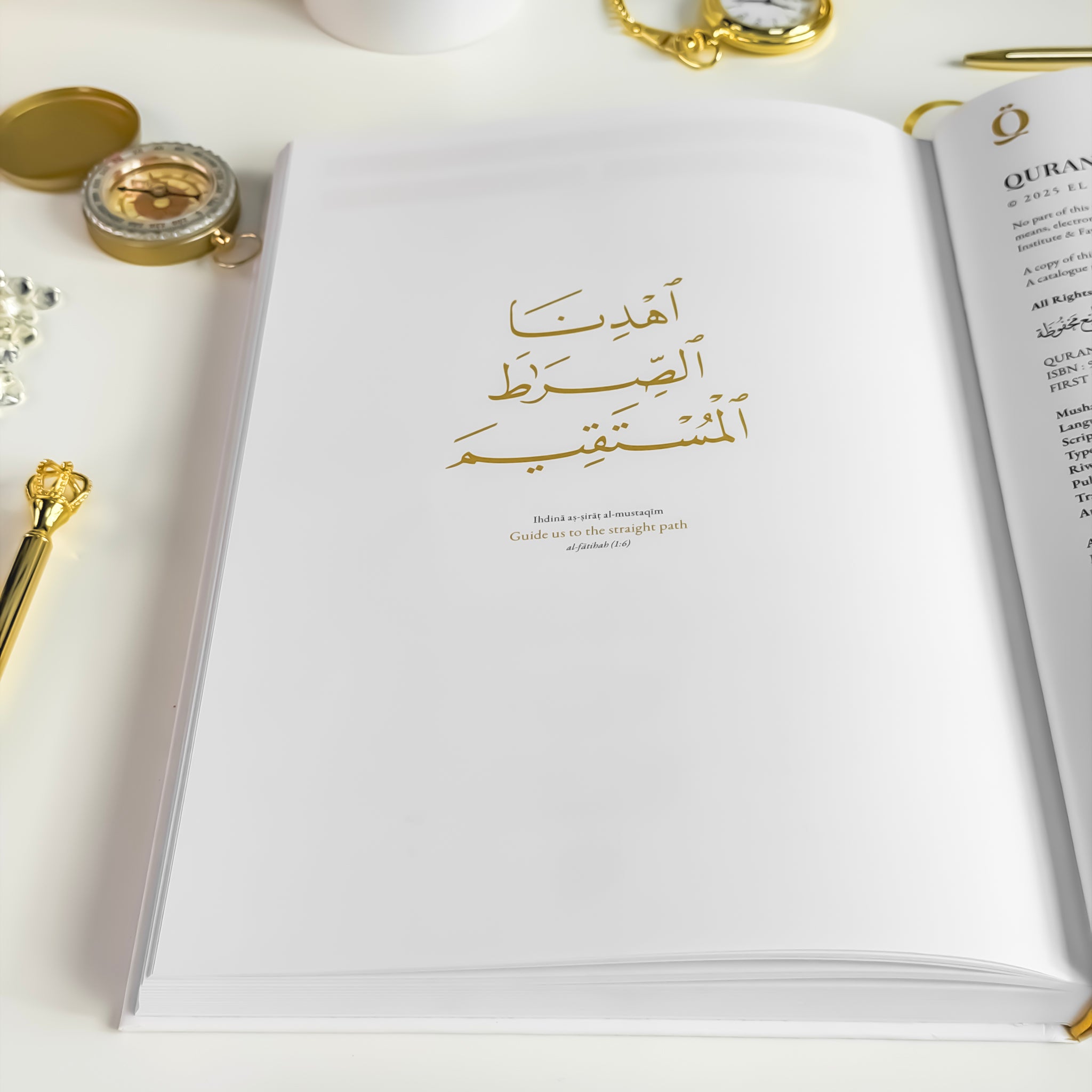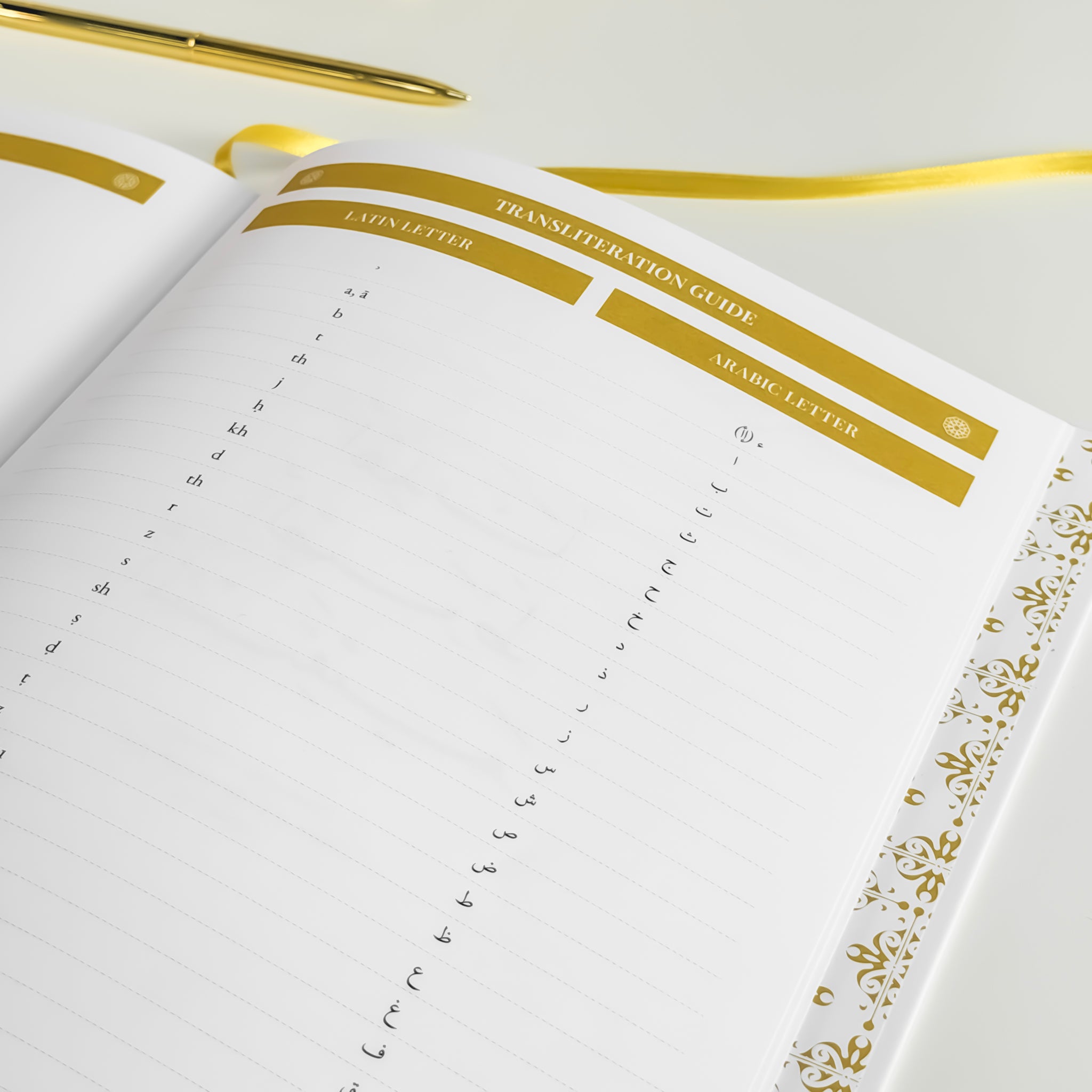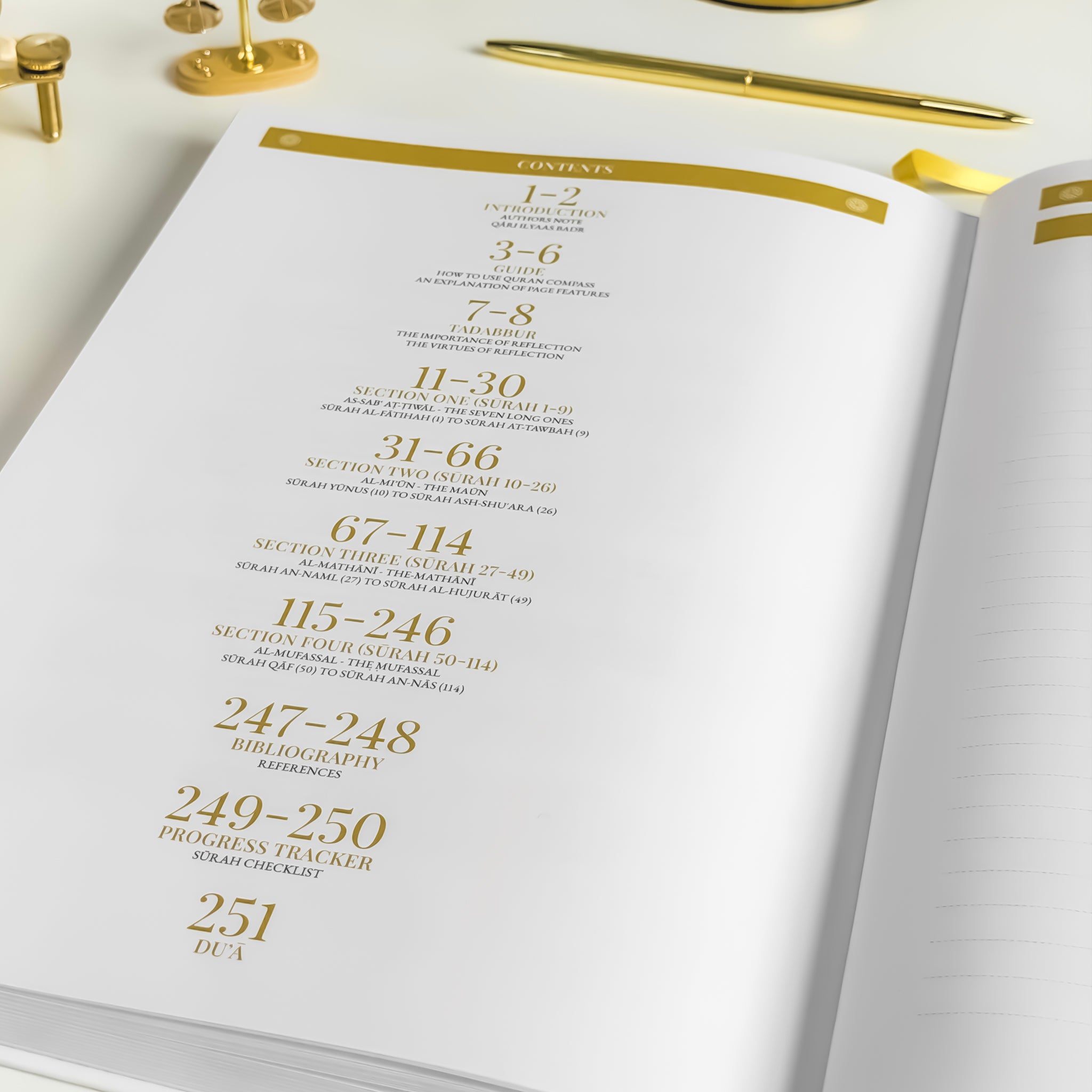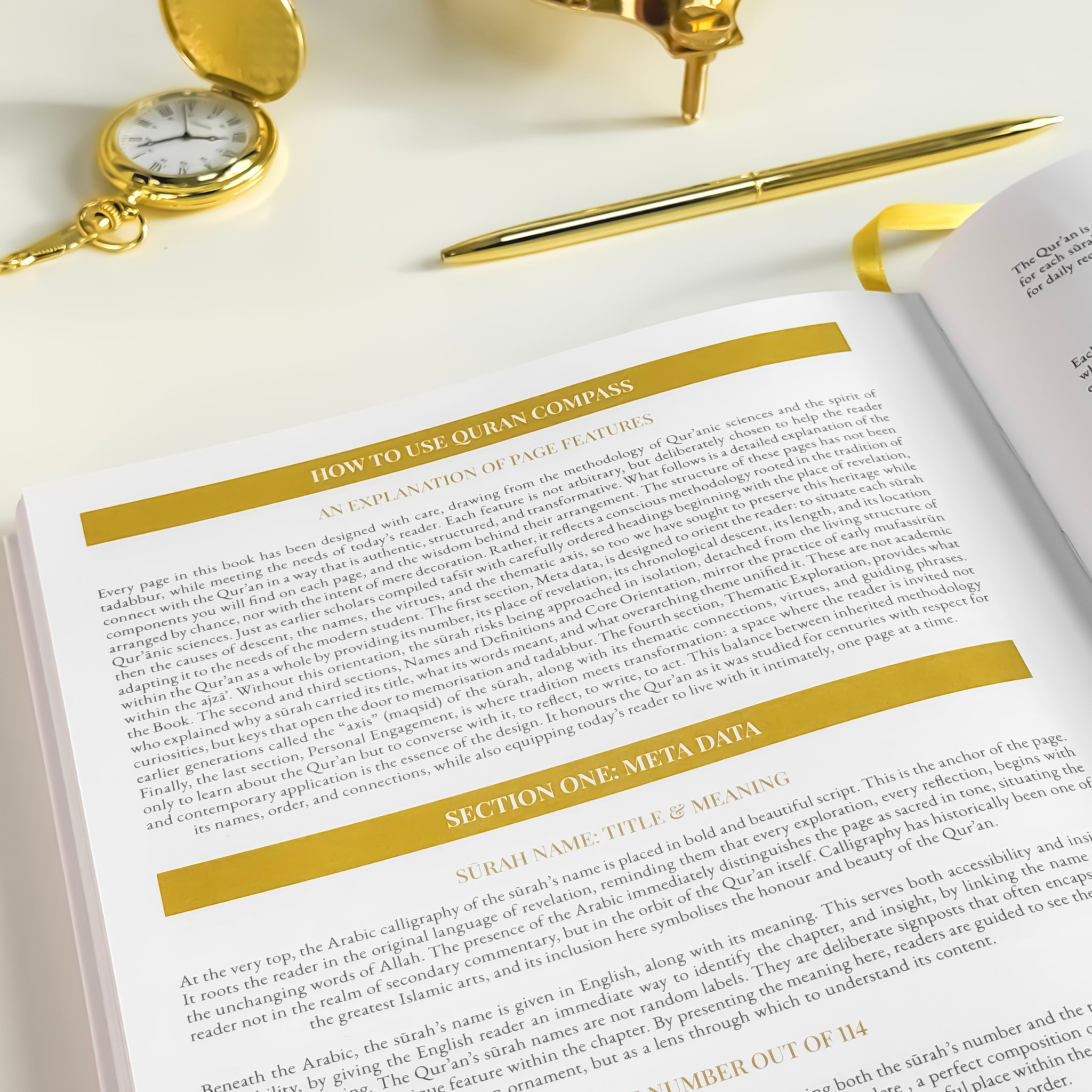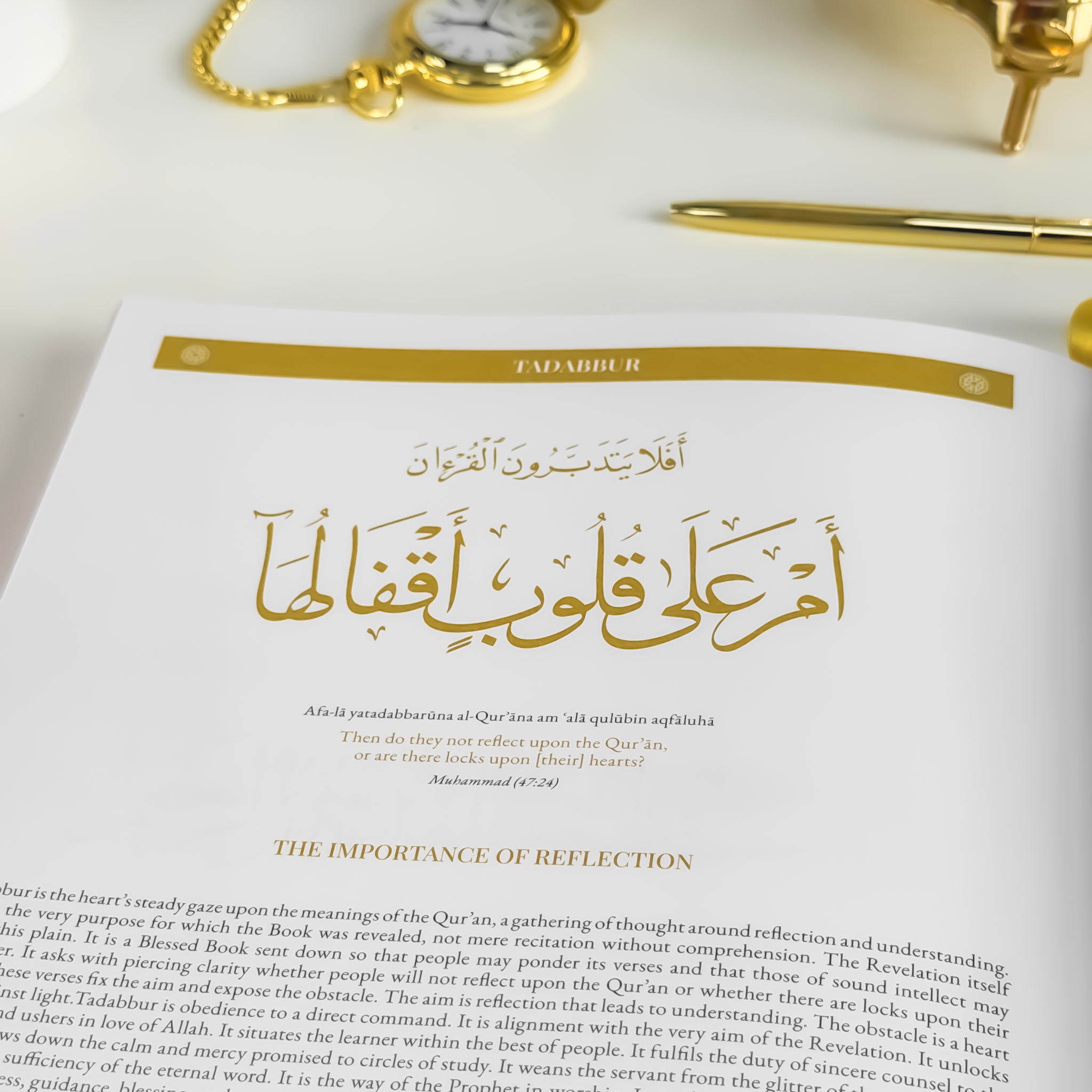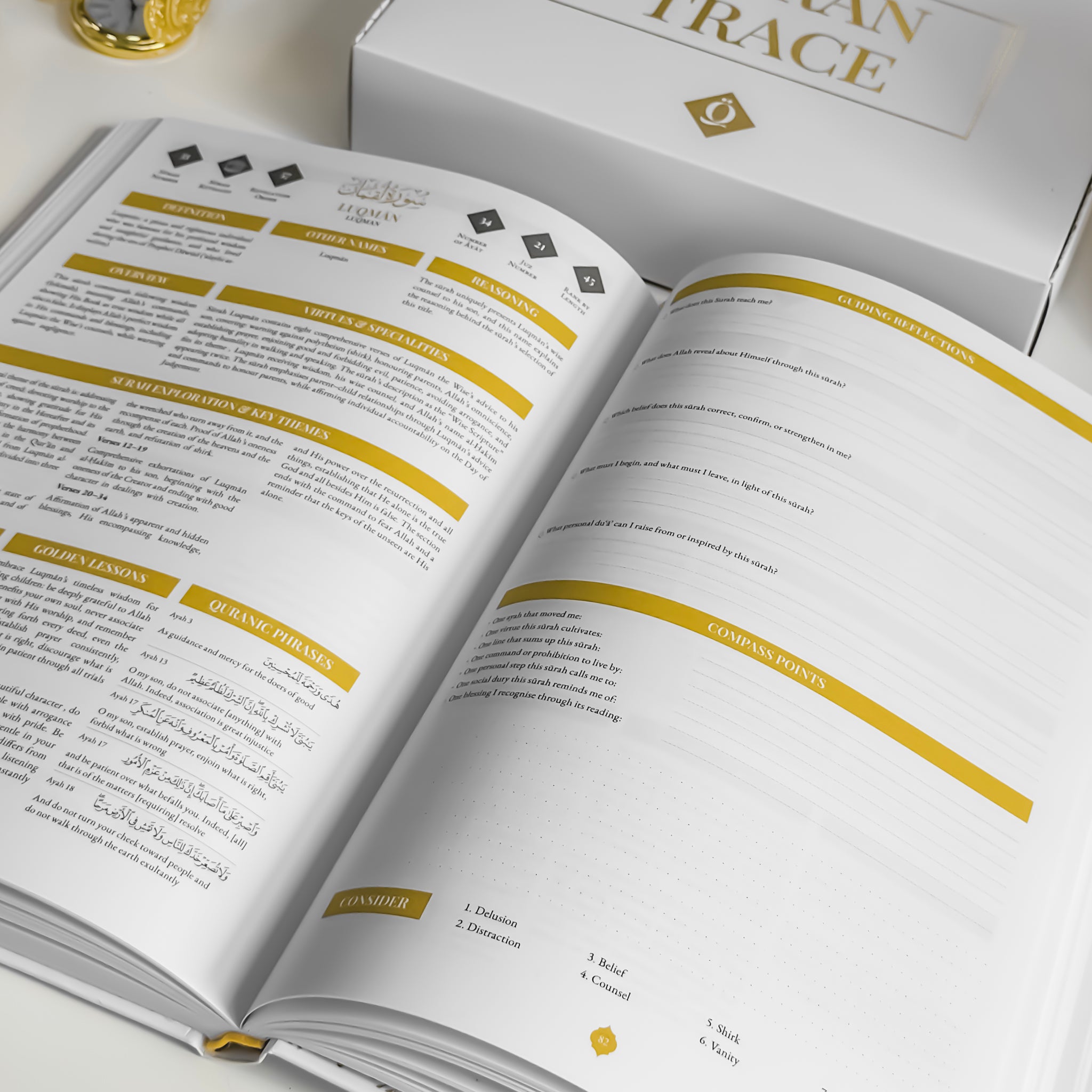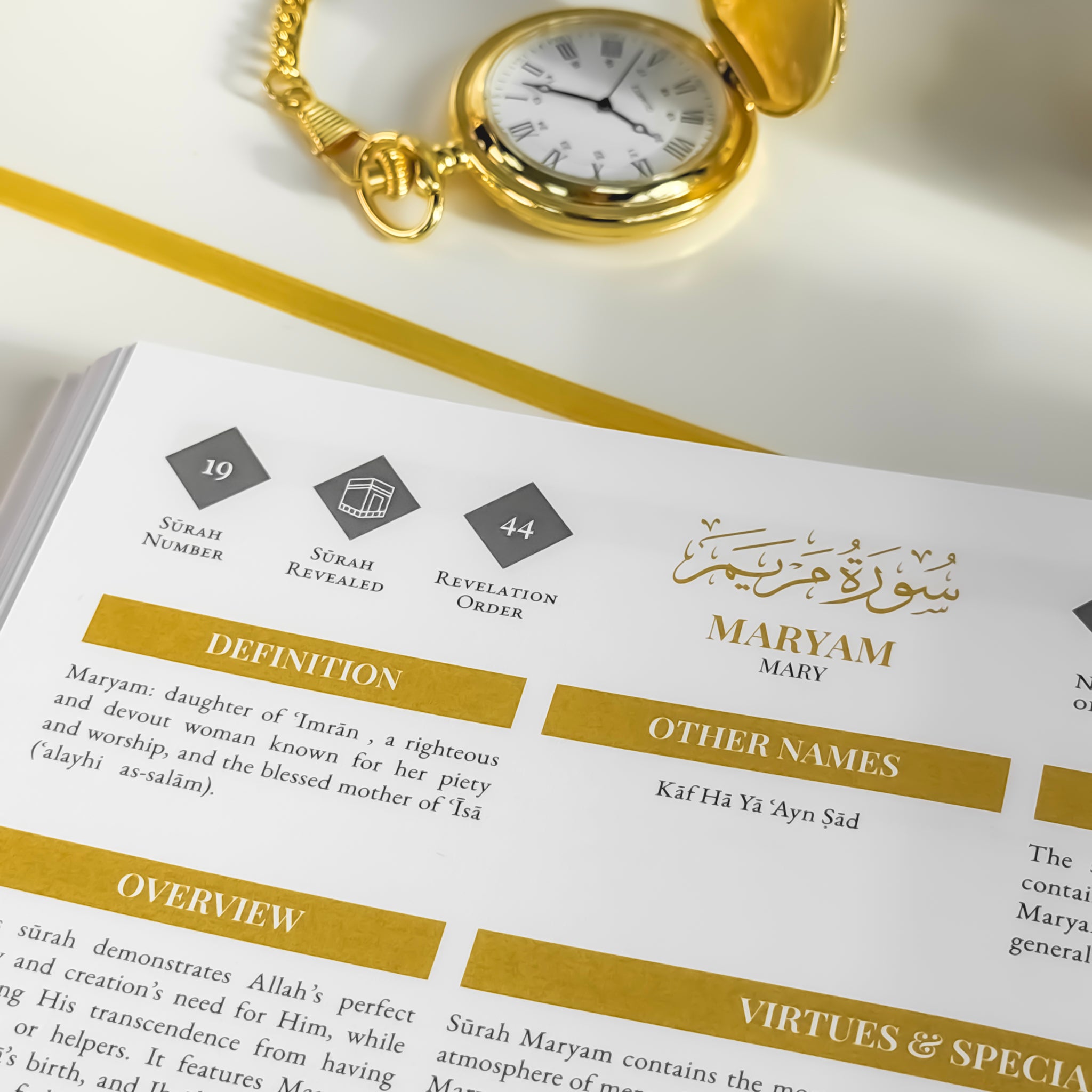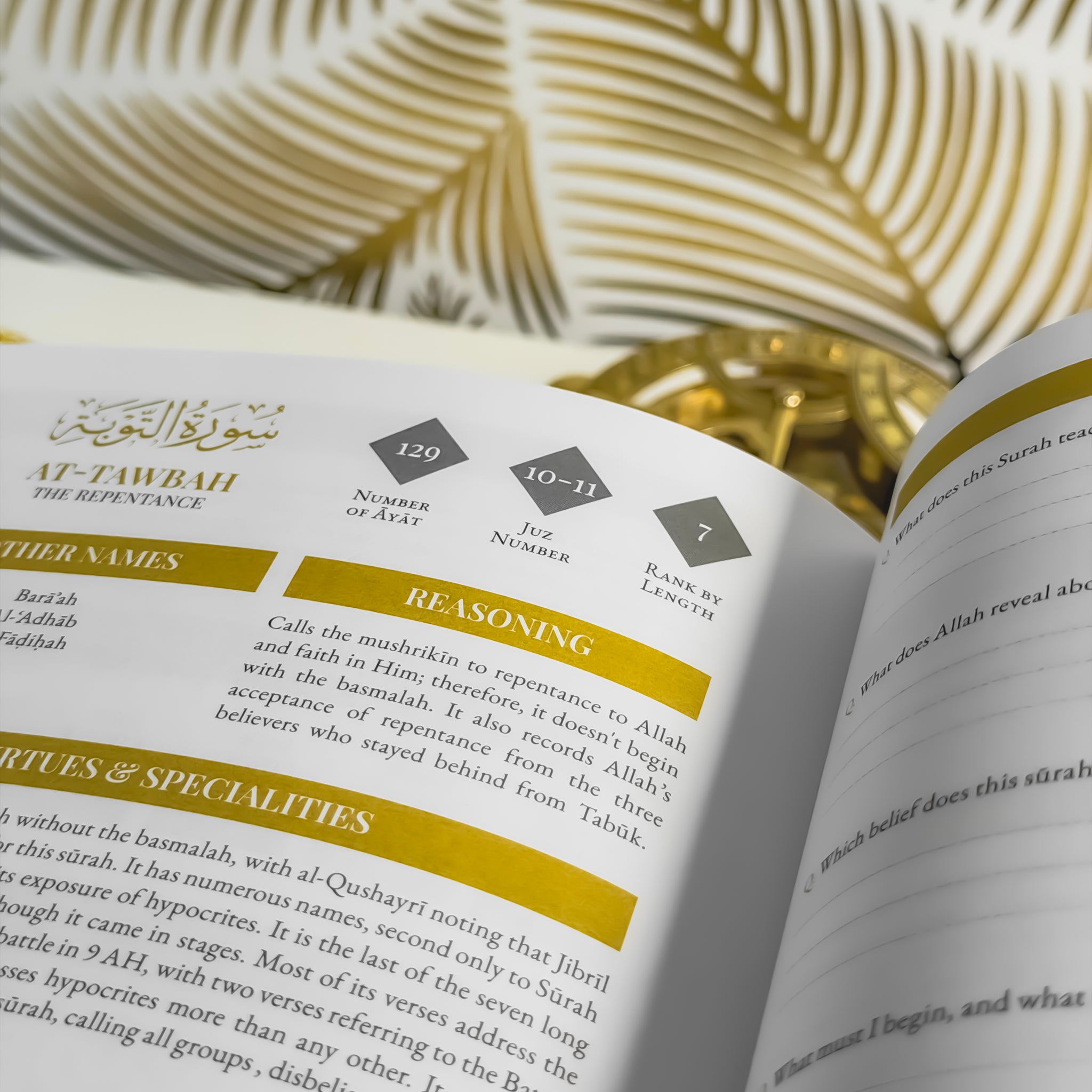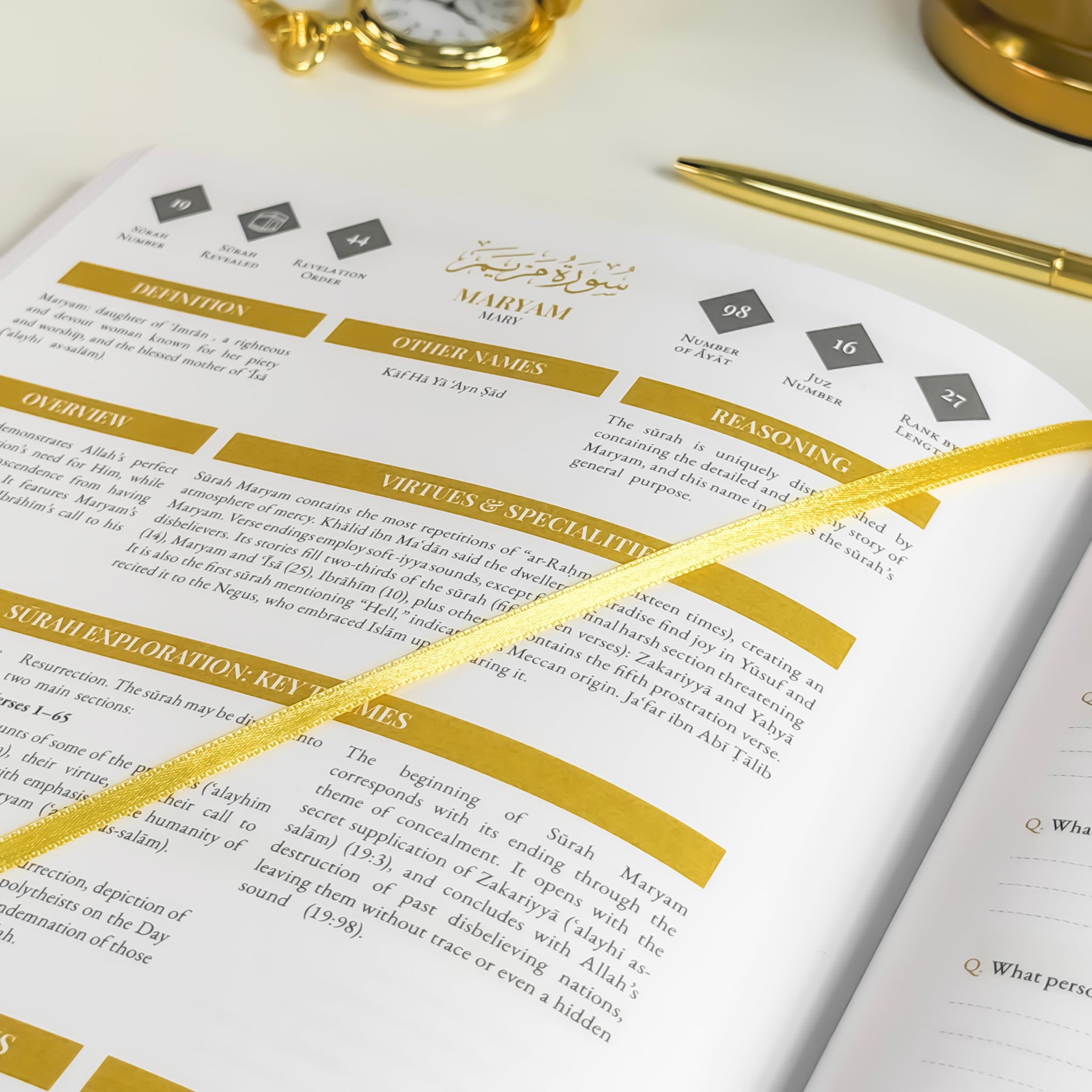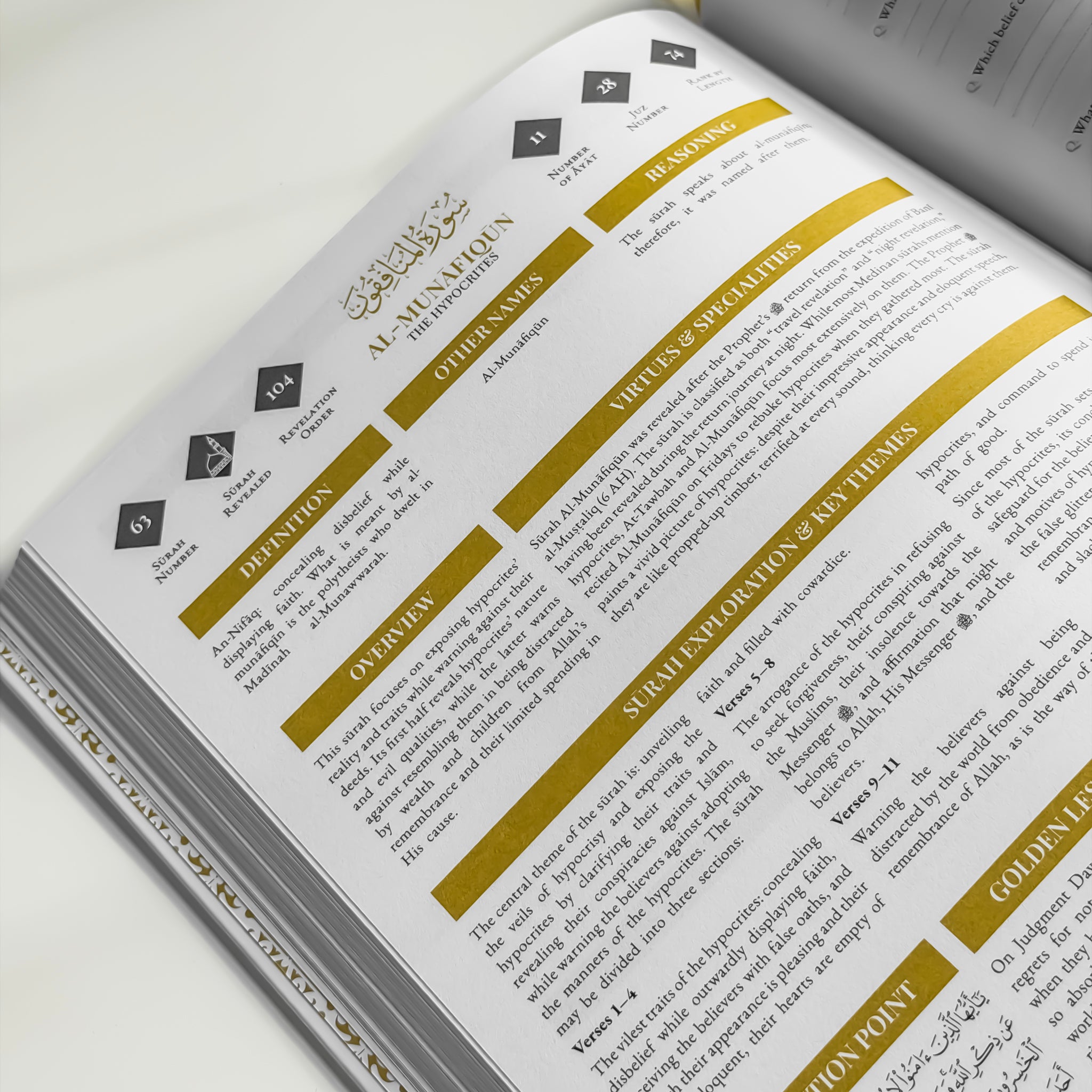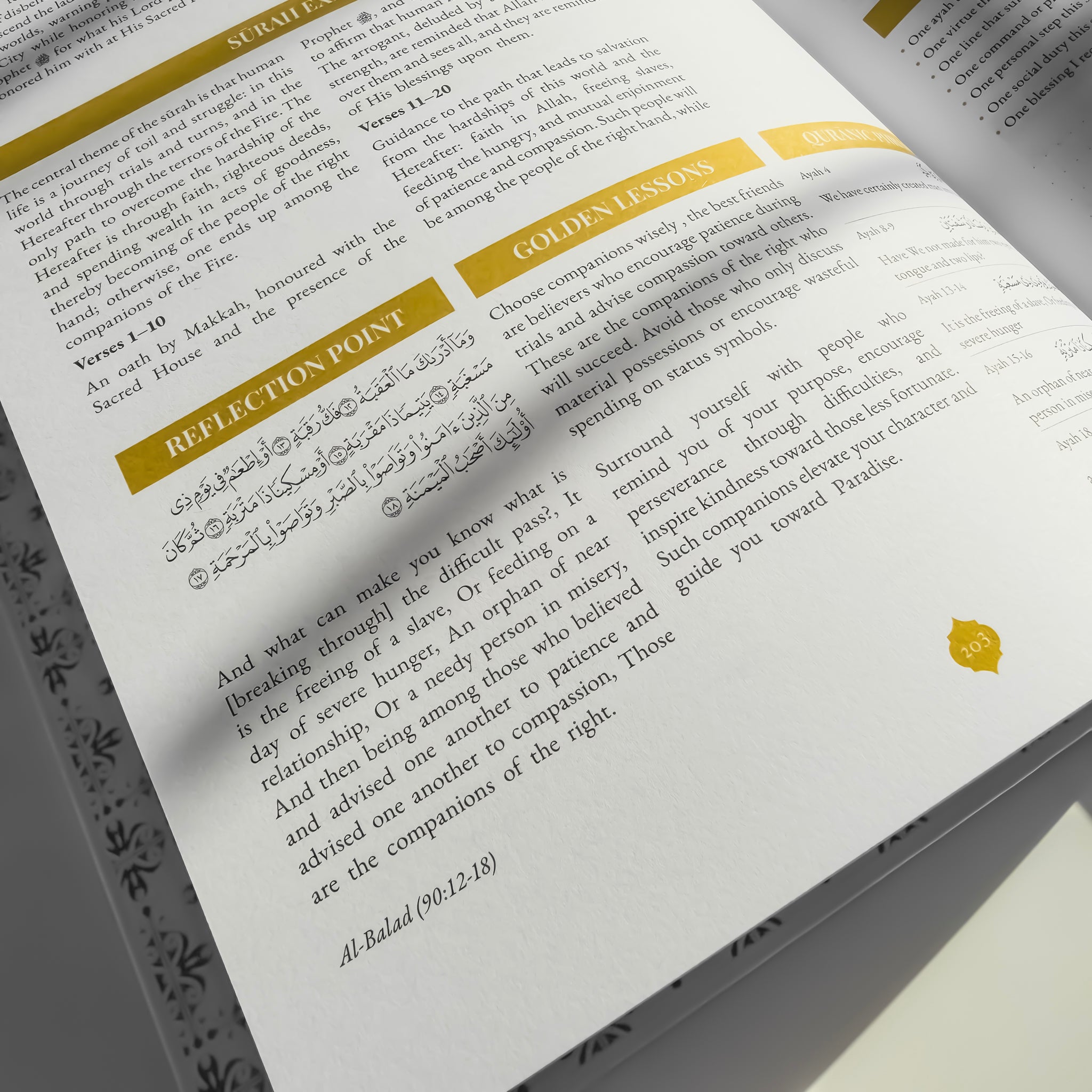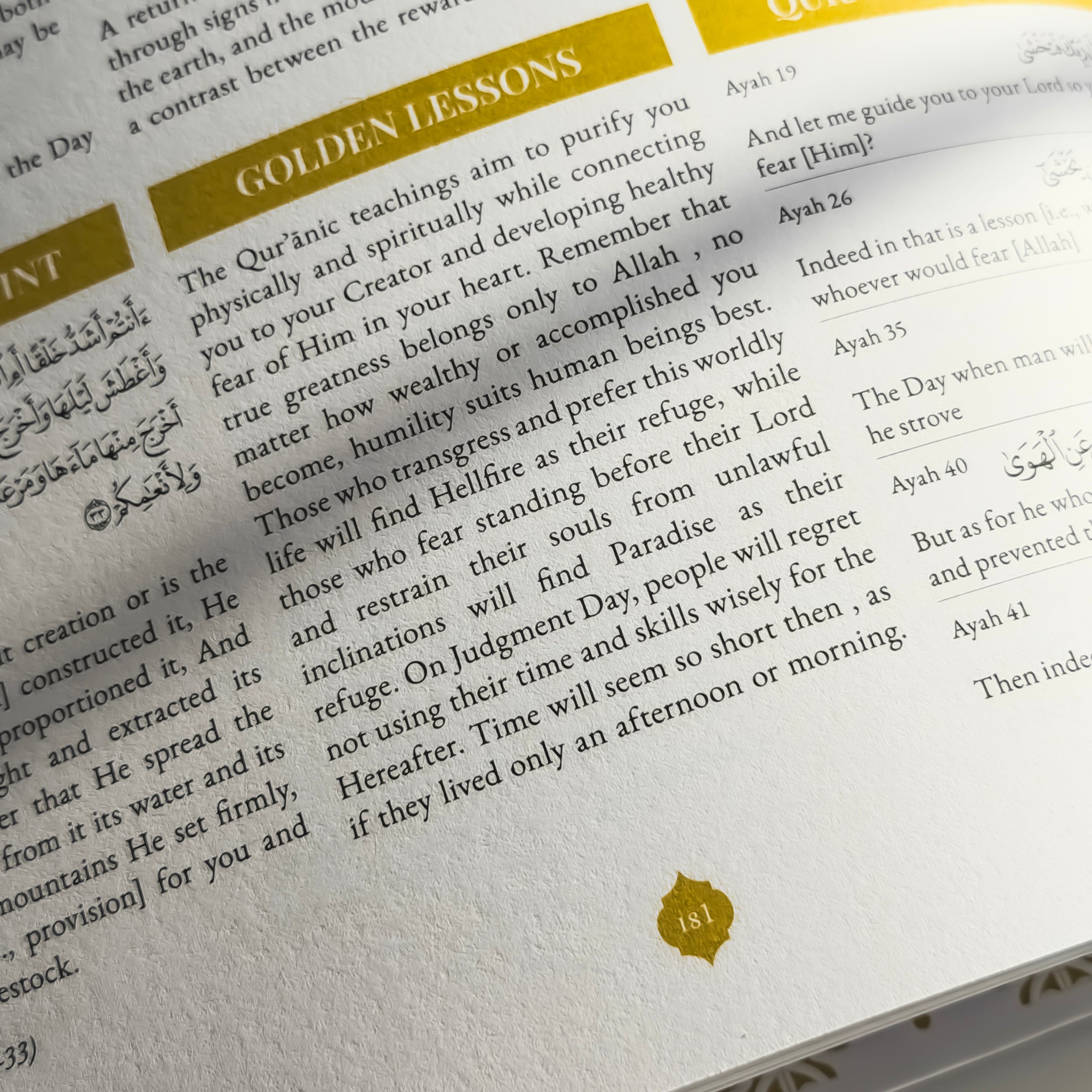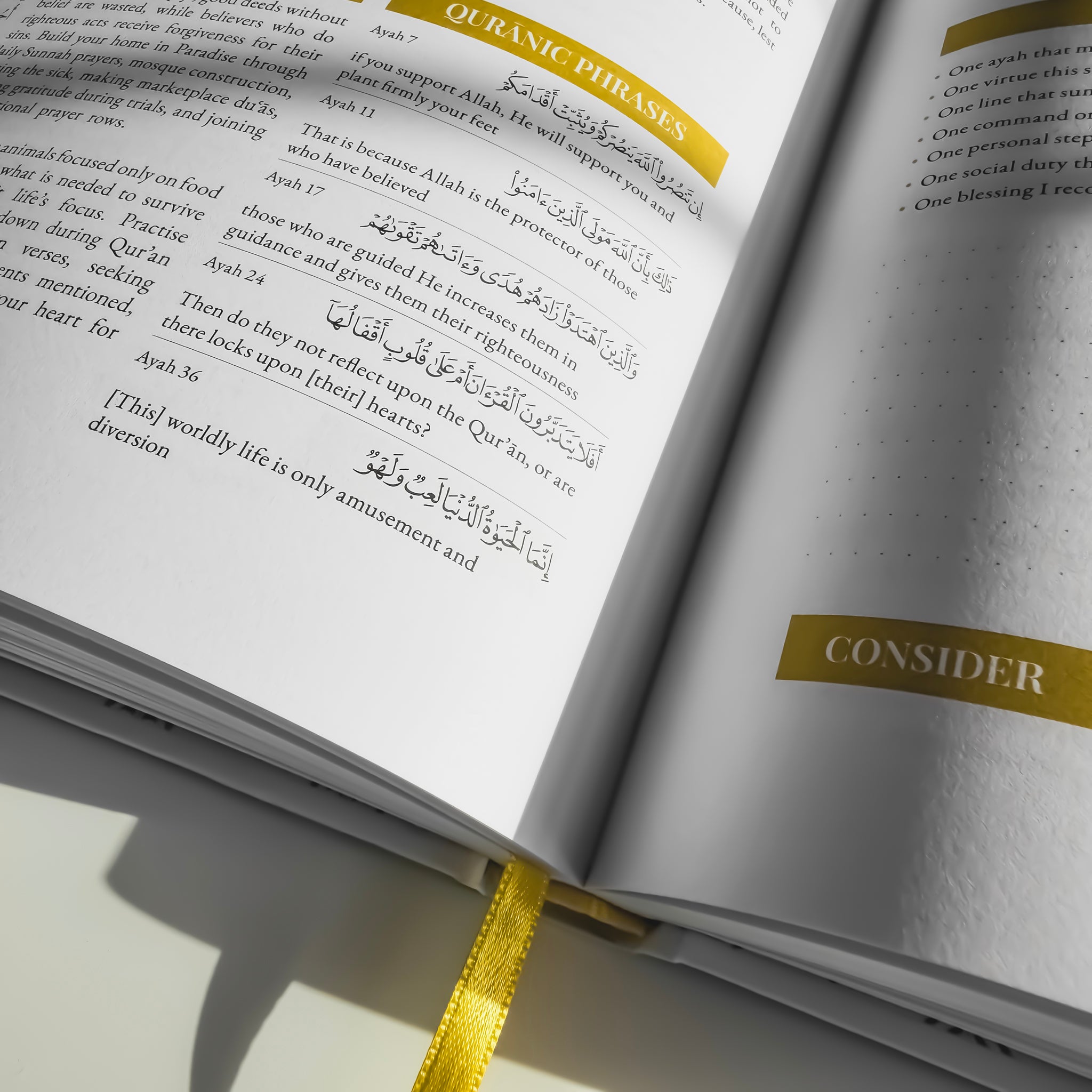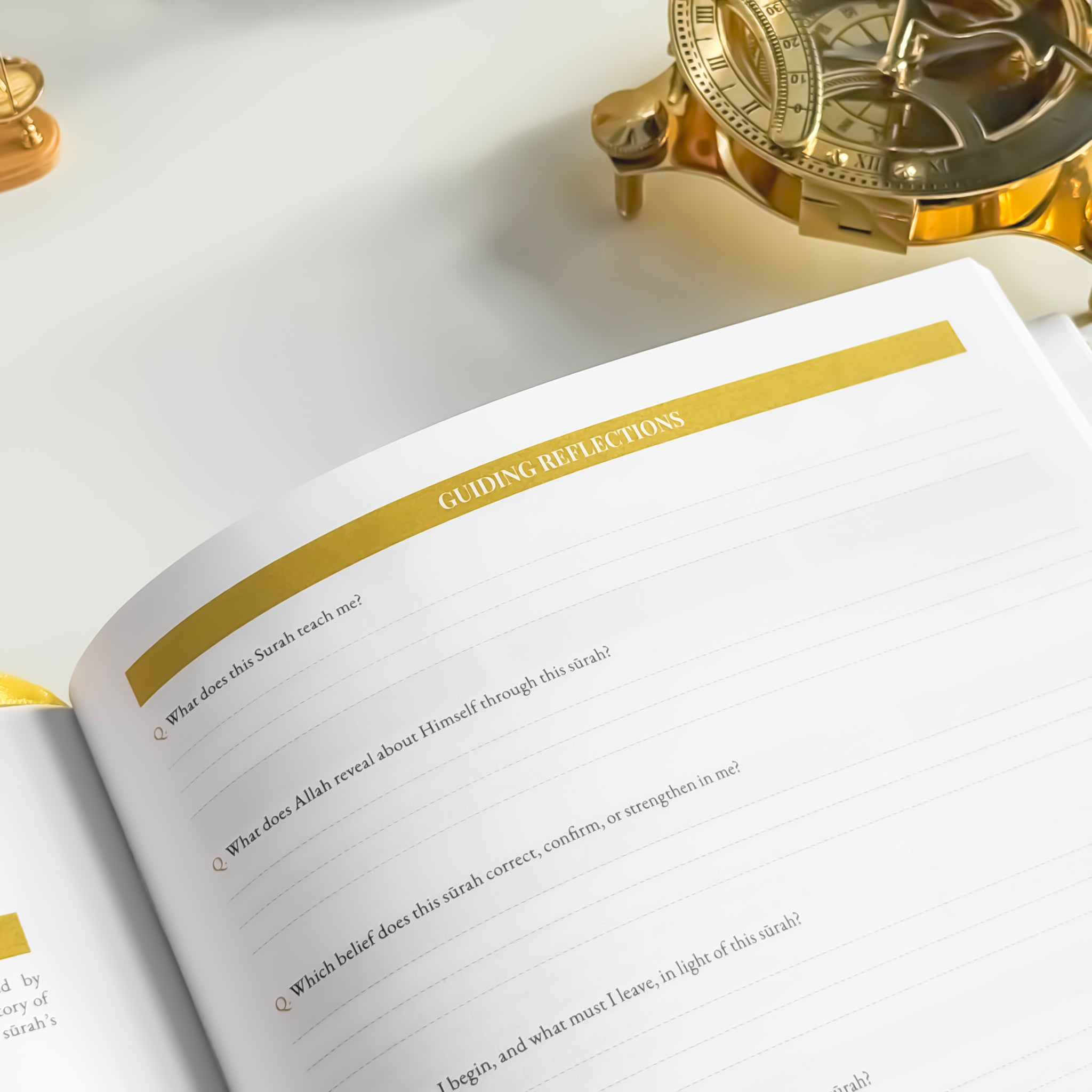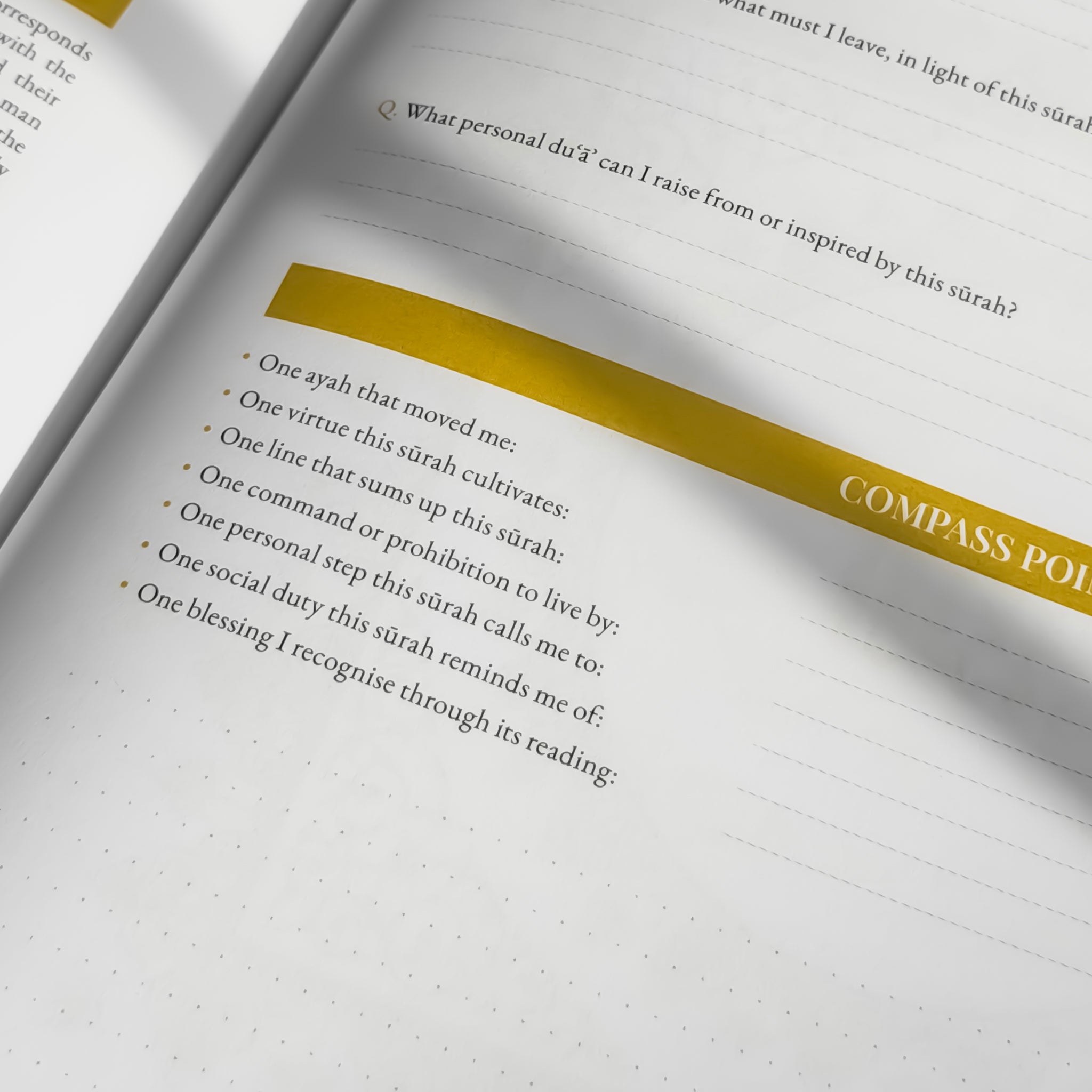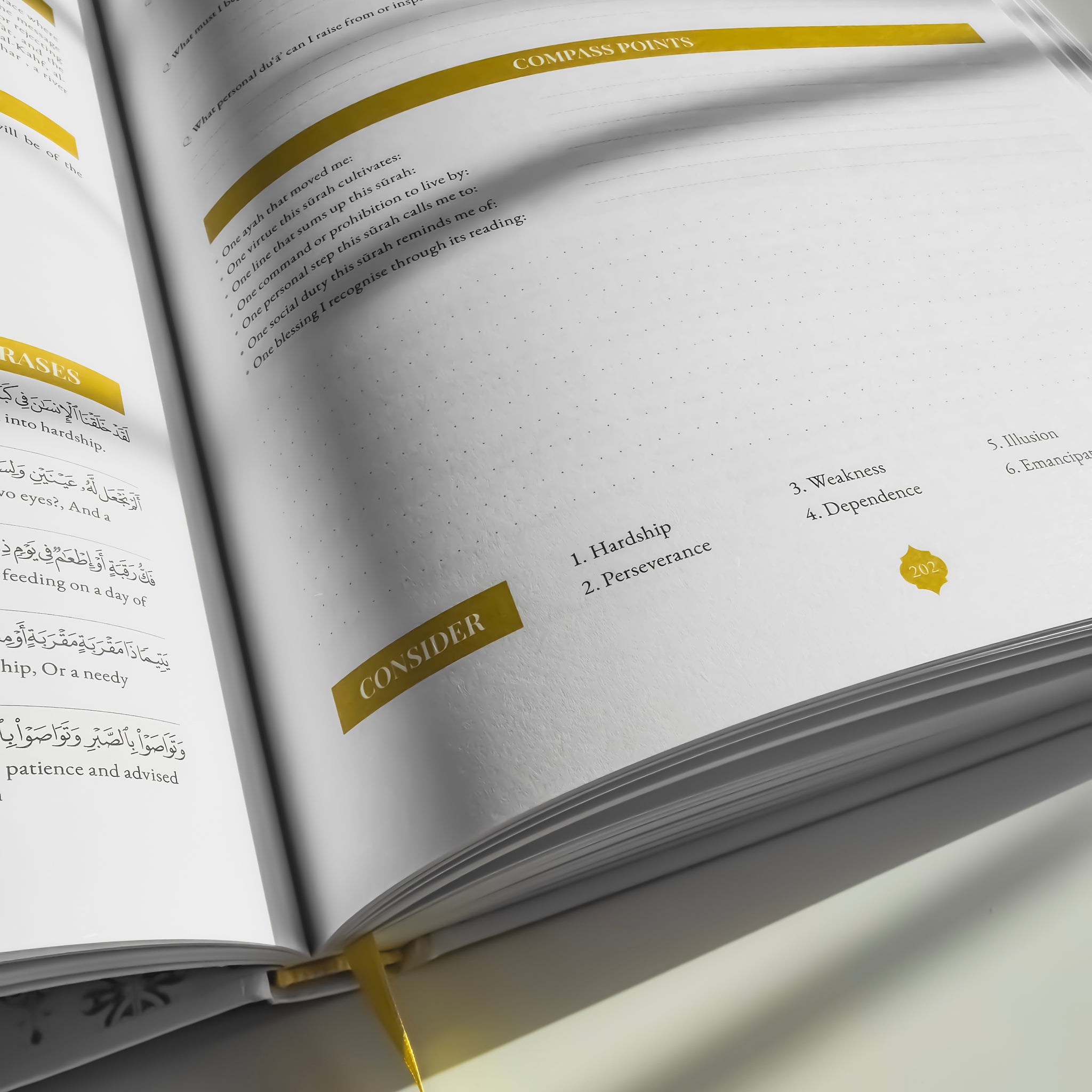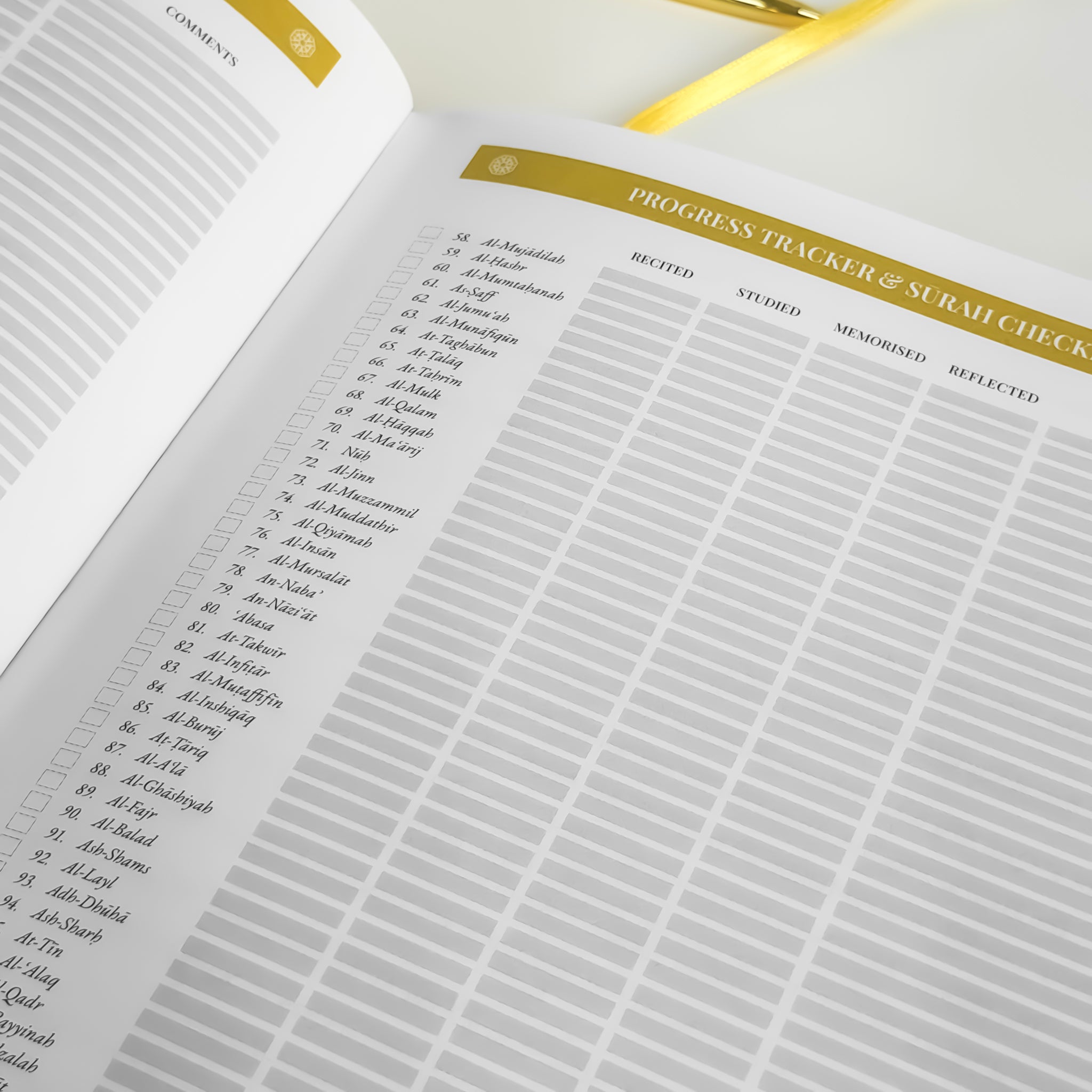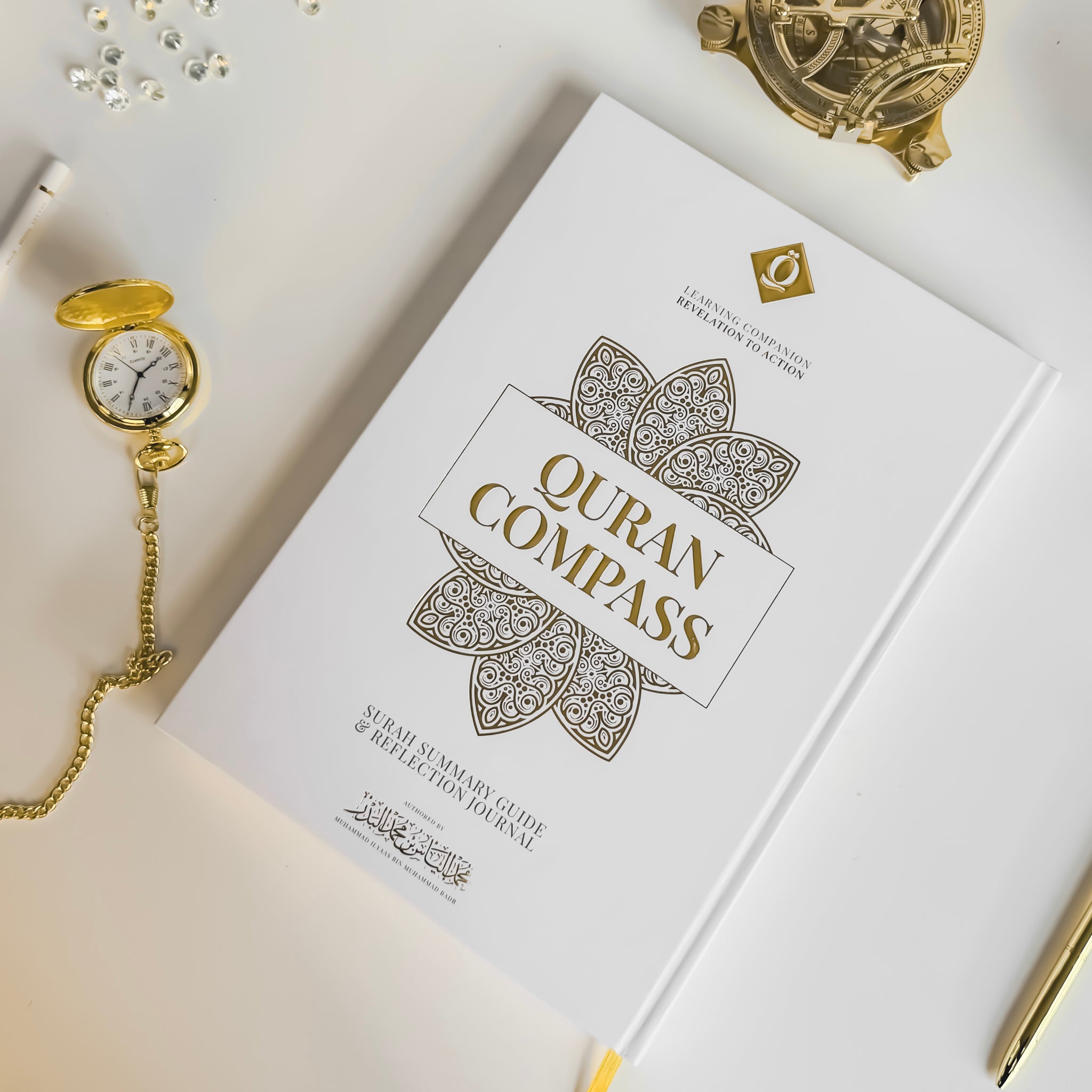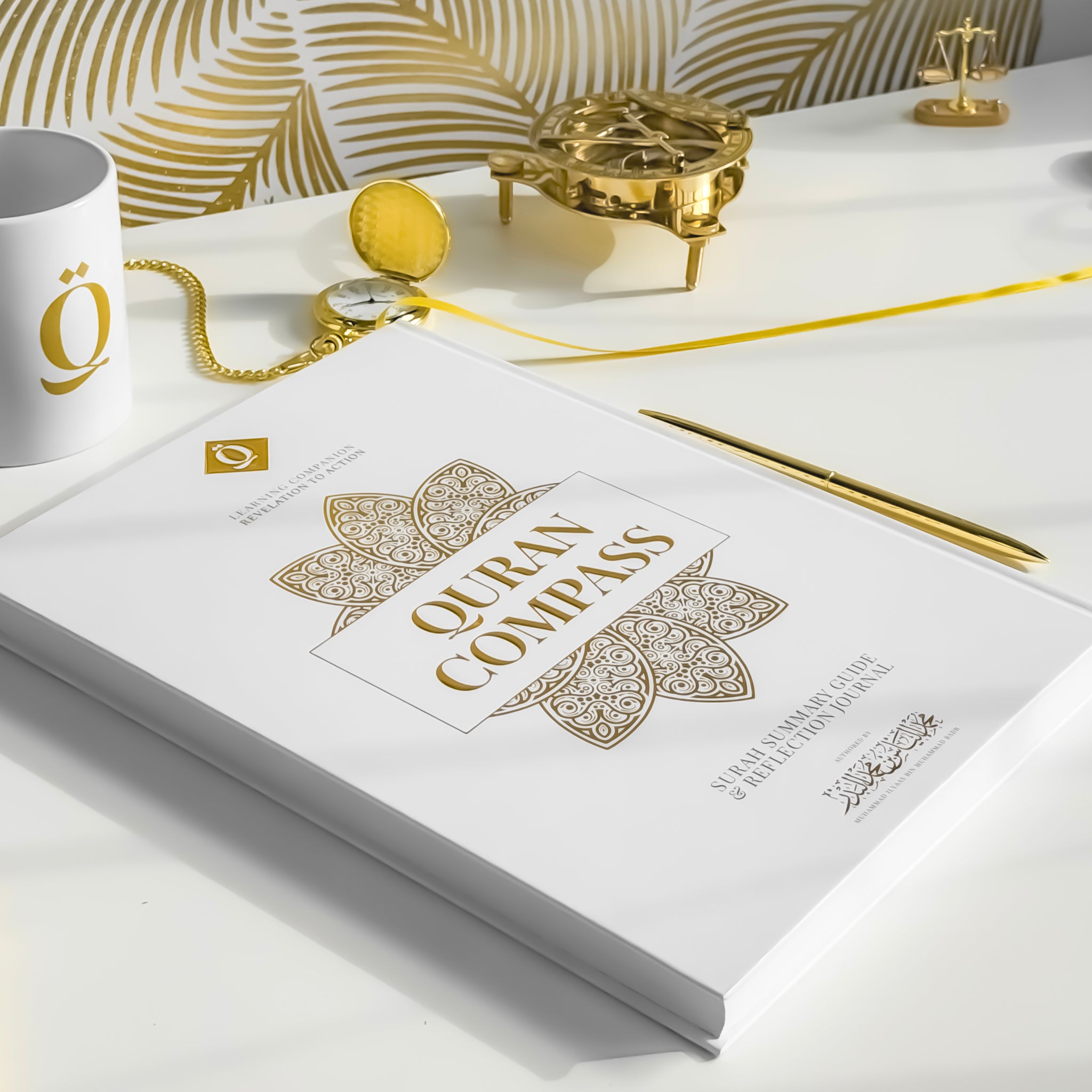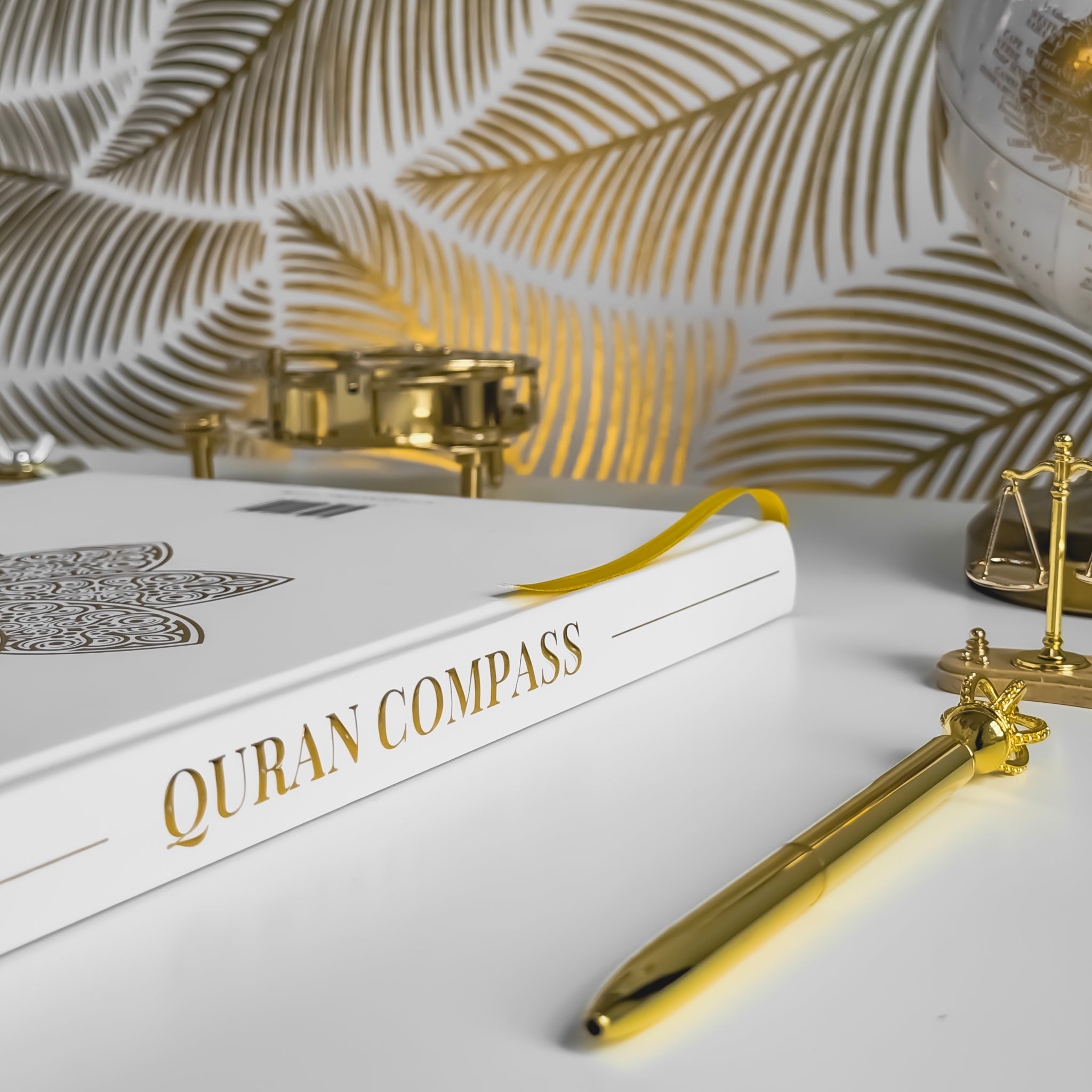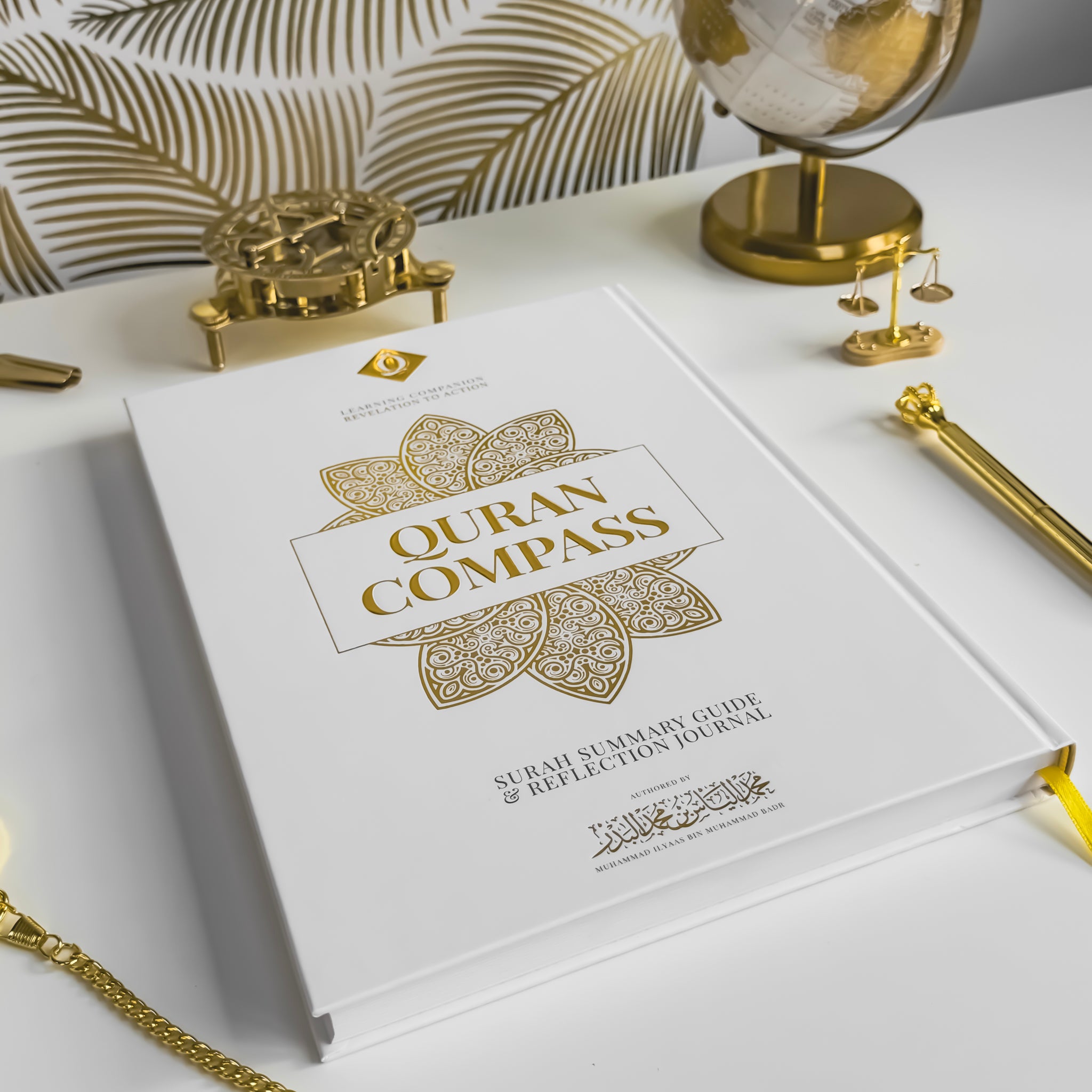Benefits
The Benefits of Writing the Qur’an
From the earliest generations of this Ummah, the Qur’an was not only recited but written, memorised, reflected upon, and lived by. The Companions learned its words through their eyes, tongues, and hands. They did not separate knowledge from practice or memorisation from reflection.
Qur’an Trace revives this noble practice and brings it to life once more. It allows you to connect your heart, your hand, and your intention in one continuous act of worship. Writing the Qur’an is not only an educational method; it is a form of ʿibādah that combines tilāwah, ḥifẓ, and tadabbur.
When your hand follows the words of revelation, the heart slows down and begins to listen. The Qur’an moves from being something you read to something that shapes you.
Below are the ways this journey transforms your relationship with the Book of Allah.
1. Spiritual Benefits
Deepen Your Relationship with the Qur’an
Writing each āyah draws you closer to the Words of Allah. As your hand moves across the page, your heart begins to move with it. You are no longer reading passively; you are living each verse as you write it. Every letter you trace carries the potential to awaken faith, sincerity, and humility. It teaches khushūʿ, presence, and awareness in the remembrance of Allah.
Strengthen Your Ḥifẓ
The early ḥuffāẓ combined writing with memorisation. They knew that when the hand writes what the tongue recites, the memory becomes firm and lasting. Writing fixes the verse in your mind and heart together. Each stroke of your pen becomes a form of murājaʿah, strengthening what you already know and preparing you for what you will memorise next.
Revive the Way of the Ṣaḥābah
The Companions recorded revelation on parchment, stone, leather, and bone before it was gathered in the muṣḥaf. They honoured every word that descended from the heavens. When you trace the Qur’an today, you participate in that same legacy. You imitate the earliest scribes of revelation (kuttāb al-waḥy) who wrote to preserve the words of Allah for future generations.
Increase in Tadabbur and Understanding
Writing slows the pace of reading. It creates stillness, which opens the door to reflection. As you trace, you begin to notice how verses connect, how meanings unfold, and how the same word may carry mercy in one context and warning in another. You see patterns and lessons that pass unnoticed in quick recitation. Writing makes tadabbur natural and effortless.
Bring Barakah into Your Time
Every letter written for Allah’s sake is an act of remembrance. The Prophet ﷺ said that each letter read brings a reward, and the same applies to writing with sincerity. Tracing the Qur’an fills your moments with barakah. Your time feels lighter yet more blessed. You will find calm in your focus and peace in the rhythm of each verse.
Purify the Heart and Nurture Tranquillity
When you write, you remove distraction. The heart becomes present with the words of Allah and the soul finds rest in His remembrance. The Prophet ﷺ said, “Truly, in the remembrance of Allah do hearts find peace.” Writing the Qur’an allows that remembrance to take physical form. The peace enters through your eyes and settles in your chest.
2. Learning Benefits
Strengthen Your Arabic Through Revelation
Tracing allows you to learn the Arabic of the Qur’an directly from its source. You begin to recognise recurring words, root patterns, verb forms, and grammatical structures. Without memorising rules, your mind starts to absorb how the language of revelation flows. You gain familiarity with the divine speech in its original form and strengthen your understanding of meanings when you hear them recited.
Engage All Senses in Learning
When you trace, you see, hear, speak, and move all at once. This combination of senses anchors knowledge deeply. It trains the mind to remember through both movement and sight. The act of tracing keeps you present and turns learning into an experience of body and heart together.
Develop Consistency and Discipline
Writing requires patience and routine. It is not hurried work. By tracing a small amount each day, you cultivate istiqāmah — steady commitment that transforms intention into progress. Over time, this rhythm builds spiritual discipline and a love for regular study.
Train the Heart in Adab al-Tilāwah
The Qur’an is not approached with haste or carelessness. Writing it teaches you to slow down, to respect each word, and to maintain purity in body and intention. You learn the adab of dealing with the Qur’an: calmness, neatness, and humility. Every letter becomes an opportunity to practise iḥsān — excellence and beauty in worship.
Enhance Retention Through Repetition
The more you trace, the stronger your memory becomes. When your eyes read, your lips recite, and your hand repeats, you activate the three pathways of learning at once. This repetition engrains verses in long-term memory. What you write stays with you longer, and the meanings remain alive in your thoughts during prayer and daily life.
Connect Meaning with Memory
When you pause to reflect on a verse while writing it, the memory of its message remains linked to the shape of its letters. The next time you recite that verse, you will remember the exact way your hand formed it. This deepens the bond between knowledge and devotion.
3. Practical Benefits
Retain and Recall with Ease
Handwriting creates a stronger imprint on the brain than reading or typing. When you trace, your focus increases and your recall improves. It supports murājaʿah and makes revision more natural. You will find yourself remembering not only words but their order, rhythm, and pauses.
Build Confidence in Recitation and Study
Each completed page gives you a sense of achievement. It reminds you that progress in the Qur’an comes through patience, not speed. Seeing the pages you have written builds gratitude and confidence in your own ability to stay consistent.
Beautify Your Surroundings with the Words of Allah
The verses you trace become reminders around you. When left open on your desk or displayed in your study area, they keep the Qur’an visually present in your home. These written verses invite reflection every time your eyes meet them.
Suitable for Every Age and Stage
The practice of tracing benefits all learners. Children develop careful handwriting and attentiveness. Adults find it a means of renewal after years of distance from study. Elders experience peace in the steady rhythm of writing. It connects generations through a single purpose: engaging with the words of Allah.
A Lasting Act of ʿIbādah
Every letter written is recorded as a deed. The pages you fill today will testify for you tomorrow. The Qur’an will speak on behalf of those who honoured it, saying, “O Lord, he wrote me, he reflected on me, he lived by me.” When done with sincerity, the Qur’an you trace becomes a witness for you in this world and the next.
Revive Legacy through Action
To write the Qur’an is to participate in the same chain of preservation that began with the scribes of revelation. Your pen joins their pens. Your page continues what they began. It is a revival of a tradition of care, knowledge, and reverence that has protected the Qur’an for more than fourteen centuries.
Why Qur’an Trace
- Reviewed and endorsed by senior Qur’an scholars
- Trusted by students and institutions in more than fifty countries
- Approved by the Ministry of Islamic Affairs in the United Arab Emirates
- Designed with precision, beauty, and authentic educational method
- Founded by a Ijazah certified Qāriʾ with over twenty years of experience in Qur’anic teaching
A Revival of Qur’anic Tradition
To write the Qur’an is to walk in the footsteps of those who came before, the kuttāb al-waḥy who preserved revelation with their pens. Through Qur’an Trace, this legacy continues. It is not a practice limited to history or calligraphy. It is a living act of devotion and reflection.
Every letter you trace is a moment between you and Allah. It is written on paper and preserved in your heart. Over time, these pages will become a record of your journey with the Qur’an — a journey of learning, patience, reflection, and love for the Book that guides all life.



